The Ways unofficial photographer
Before we had even left Roncesvalles Photographer Dave already had a queue of pilgrims waiting to be photographed and throughout our days walk he seemed to be the go to man.
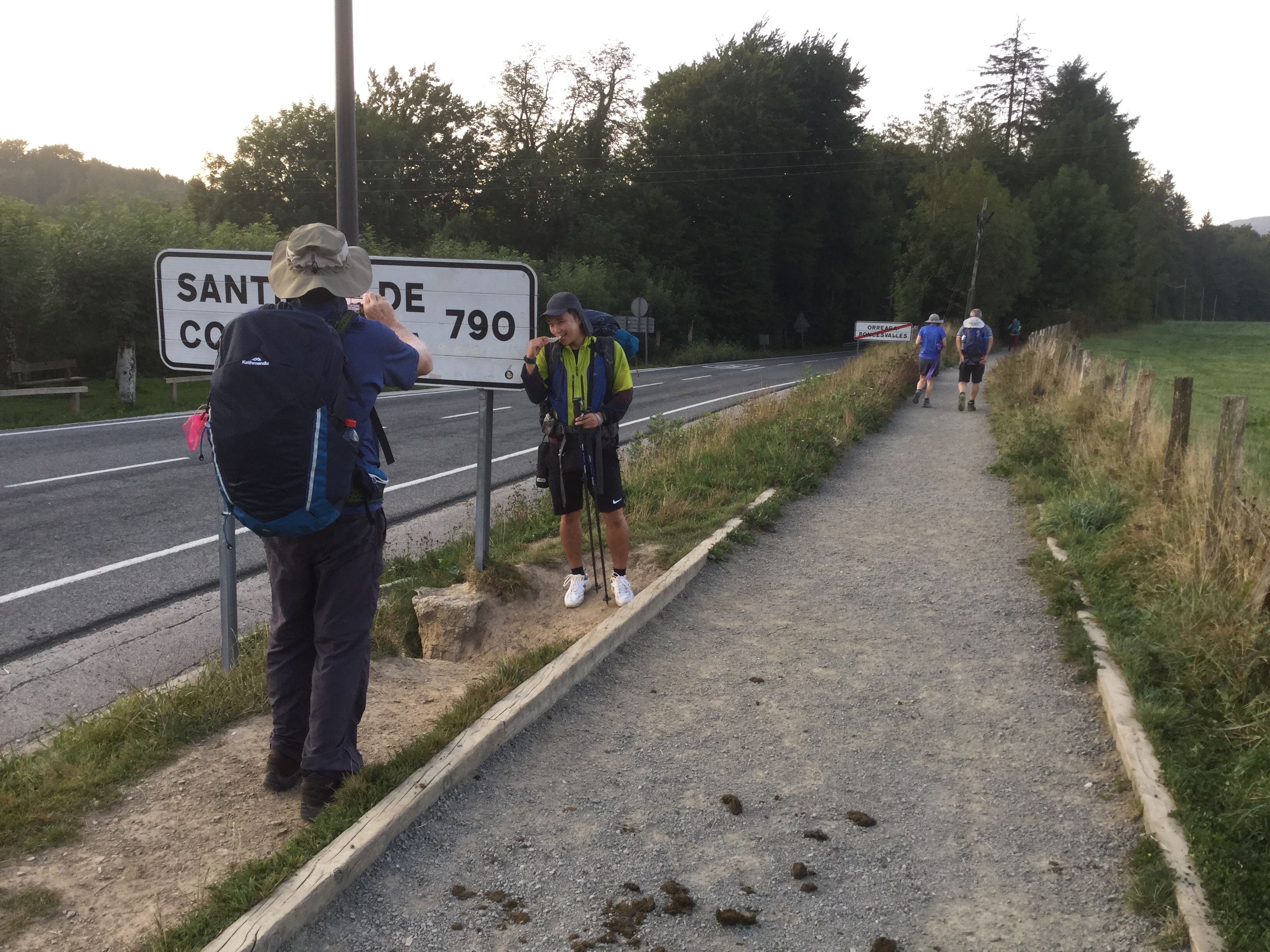
The start of our walk was gentler today as we followed the Way along roadsides and along moss covered stone fences.
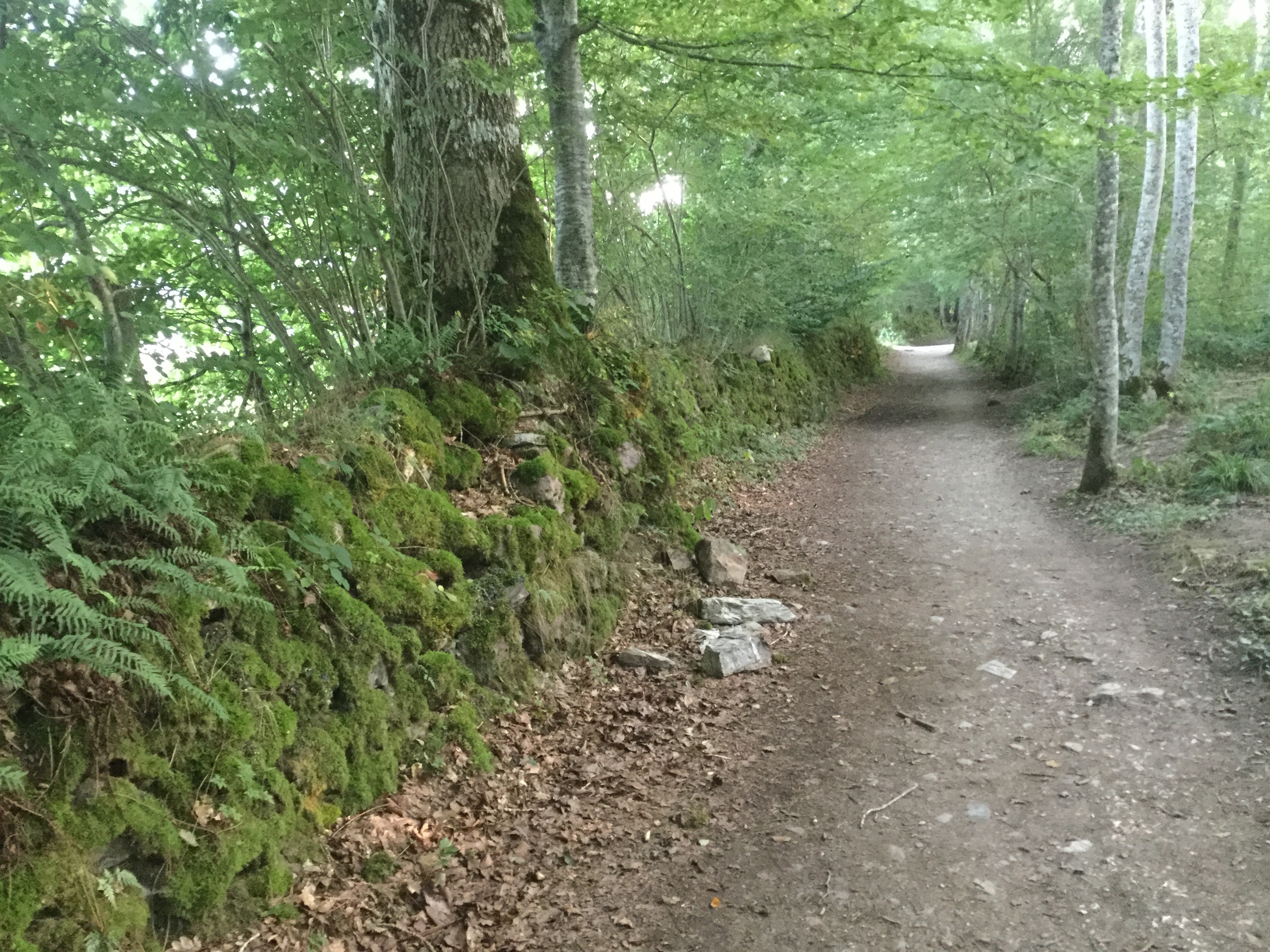
Three kilometres from Roncesvalles and the Camino skirted around Burguete. Burguete has an interesting history. Apparently there was a coven of witches in the nearby forest of Sorgintzaren and during the inquisition of the 16th century several of the witches were burnt at the stake. David told me that I had to be very careful here. It is also local legend that Ernst Hemingway stayed here at the Burguete hostel. In his novel ‘The Sun Also Rises’ the characters of Jake Barnes and Bill Gorton have a meal in the dining room of the hostel.
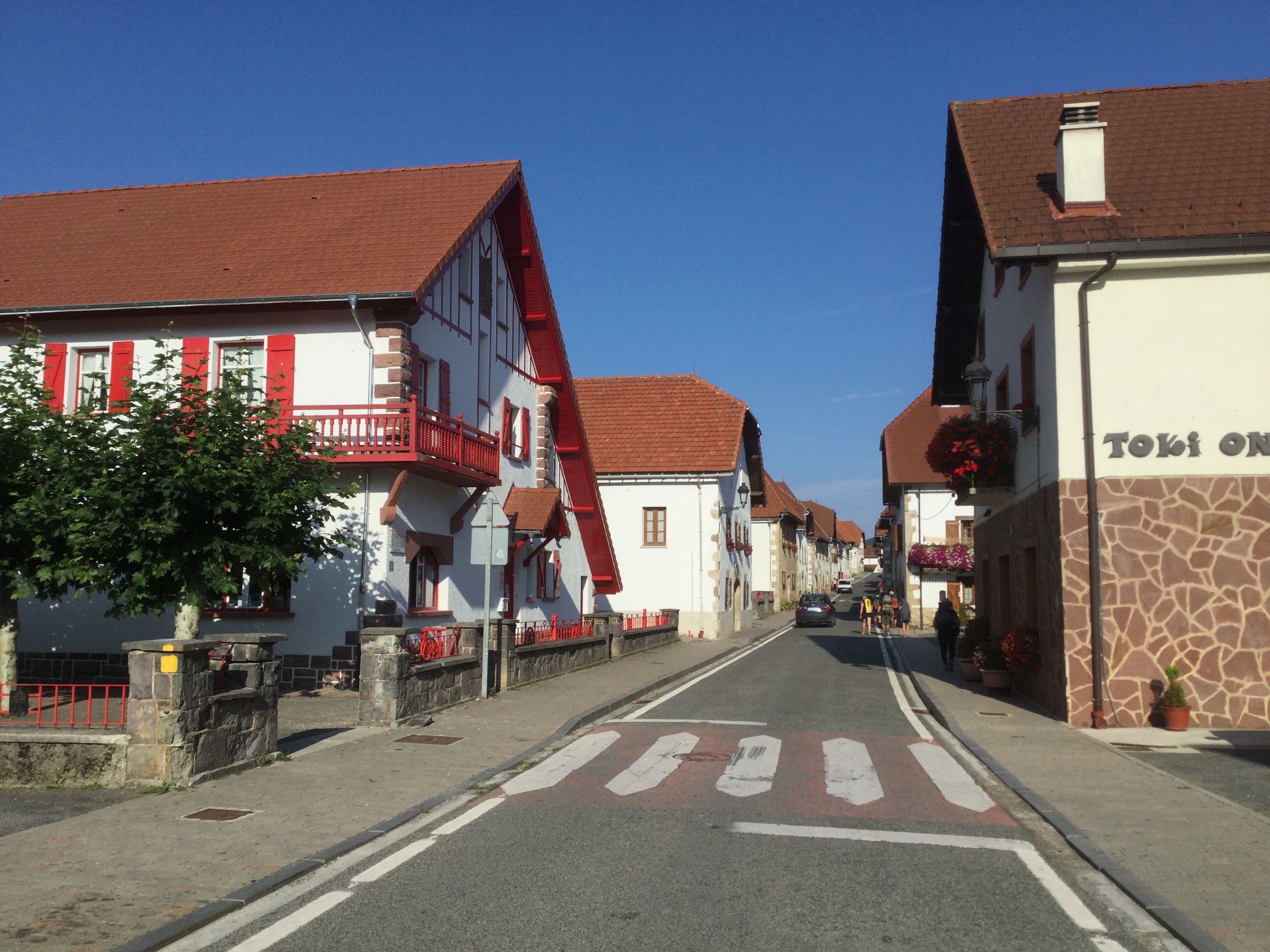
After Burguete we left the roadside behind as we headed inland towards Espinal.
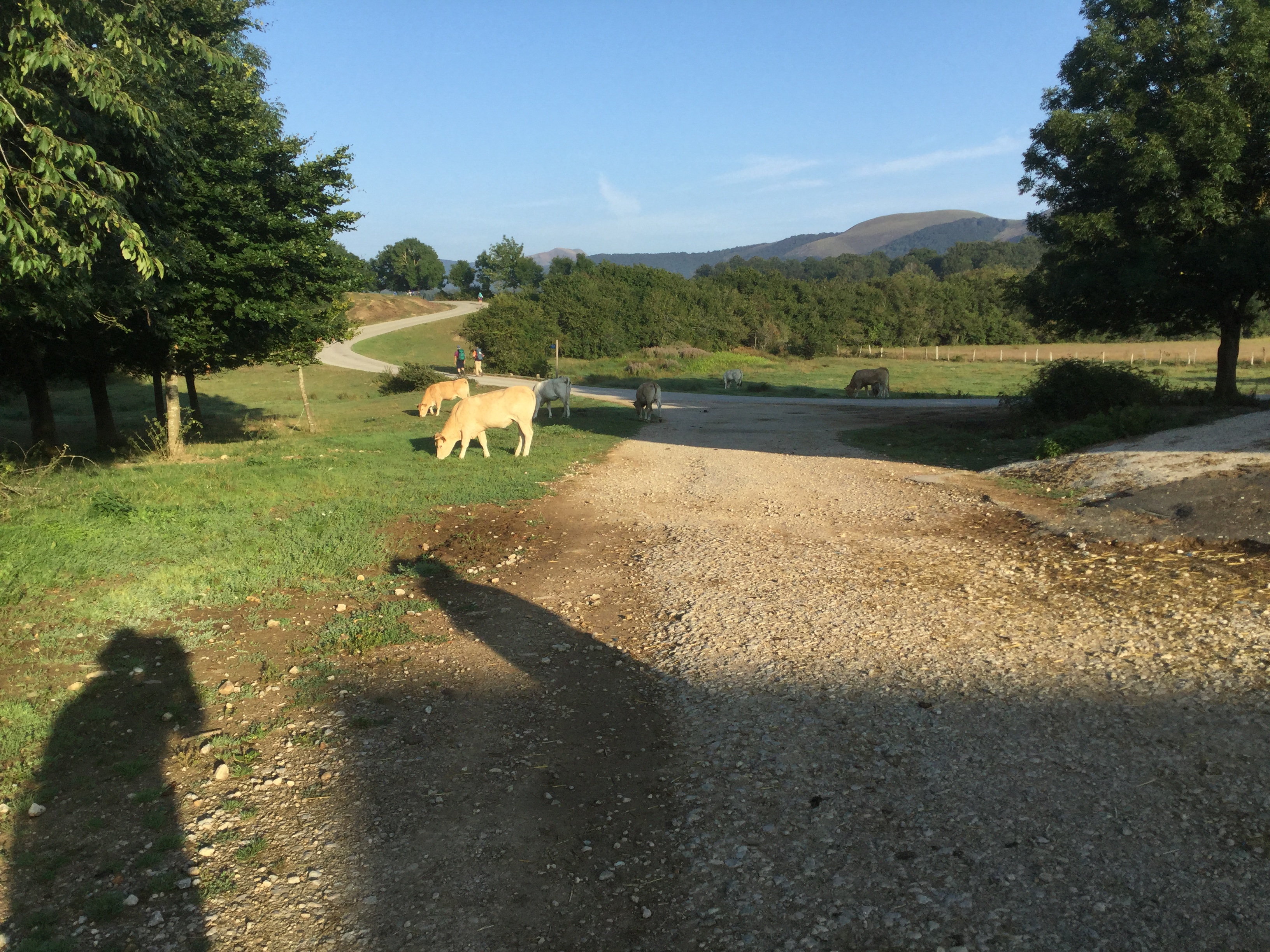
Cows and farm gates reminded us that we were walking through farming land.
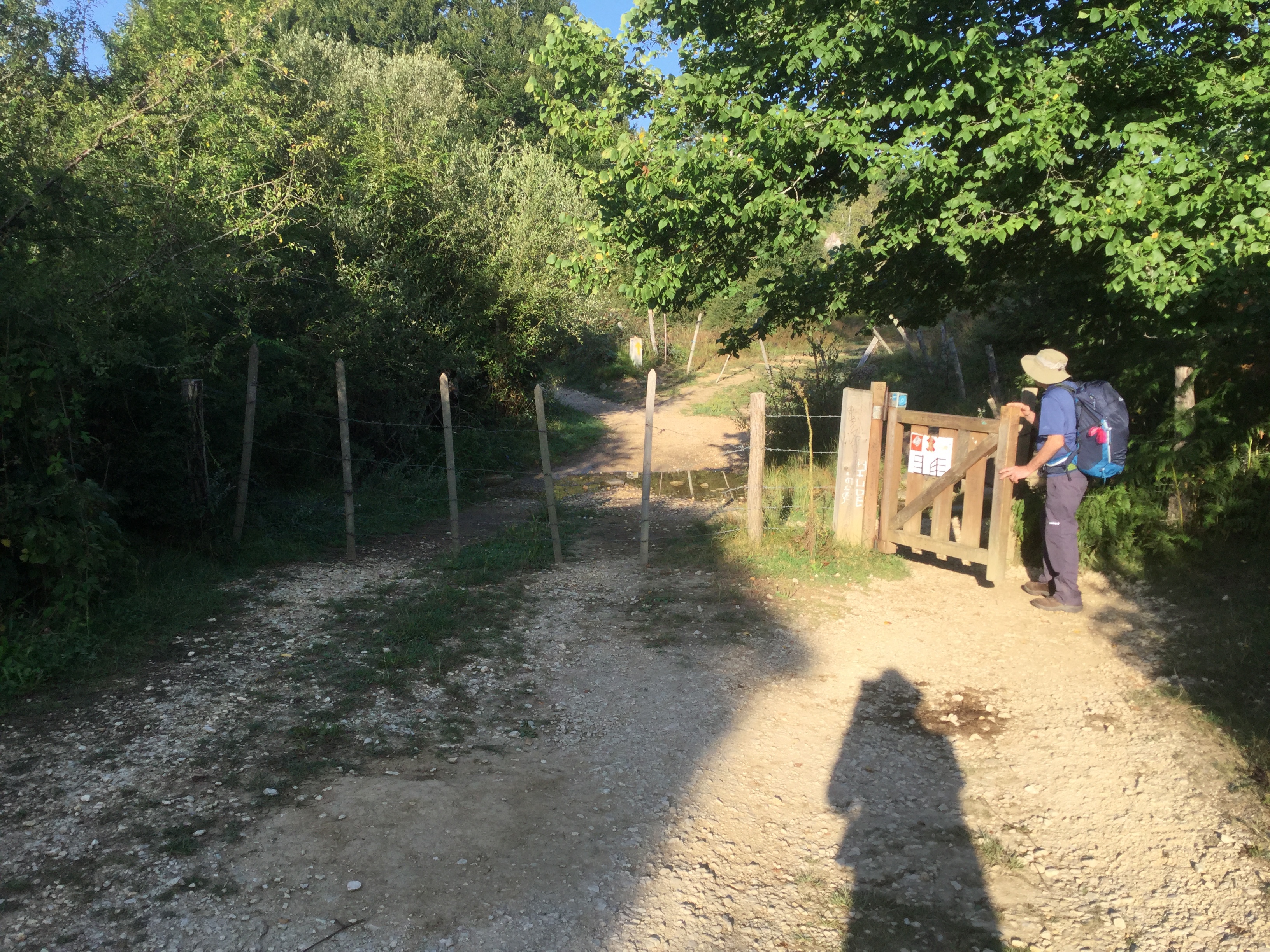
We stopped for a chat with a group having a morning break before we all moved on.
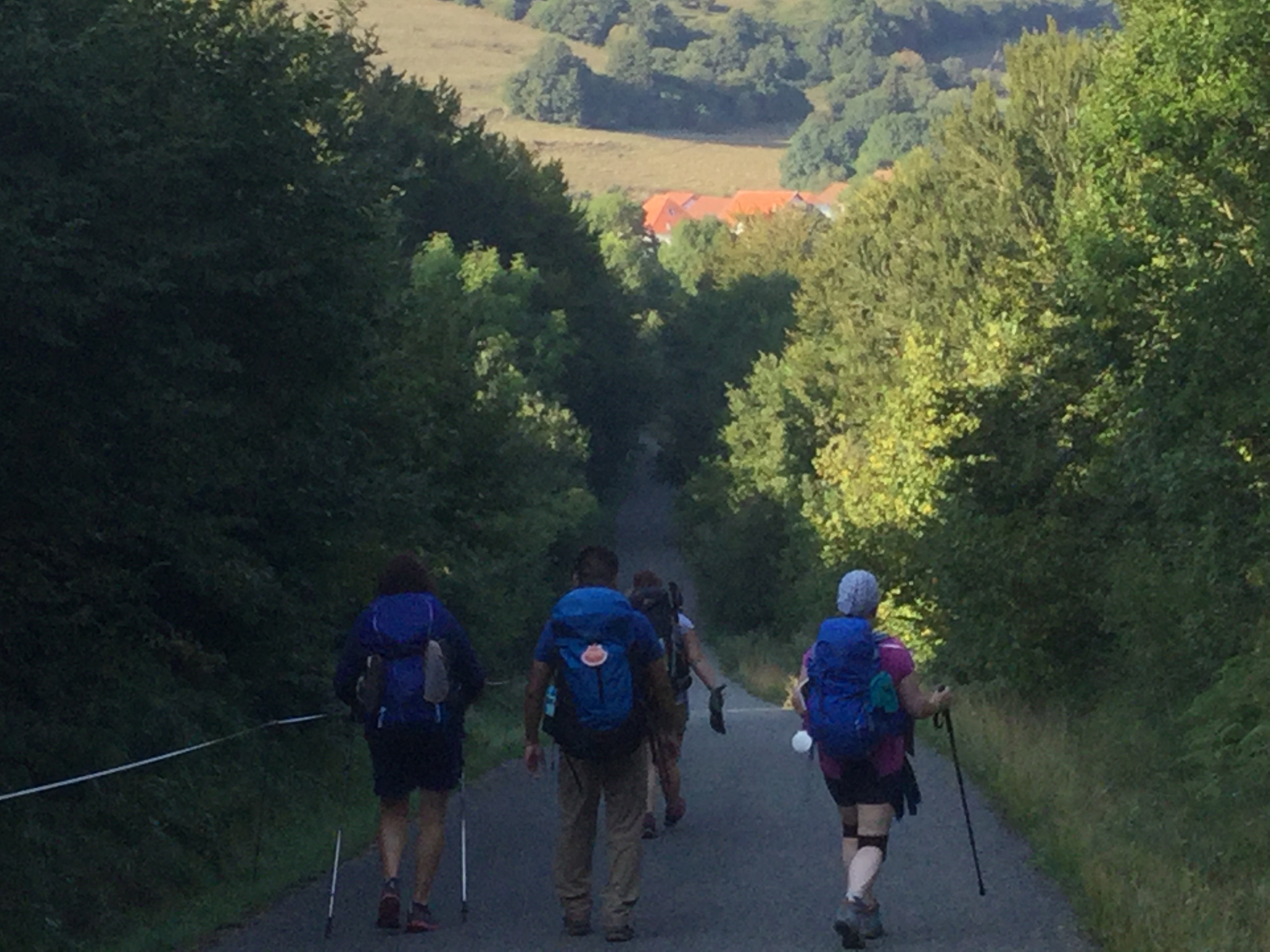
The scenery was constantly changing today. From open farmland to a forest of tall slender trees that had us walking over sun dappled paths,
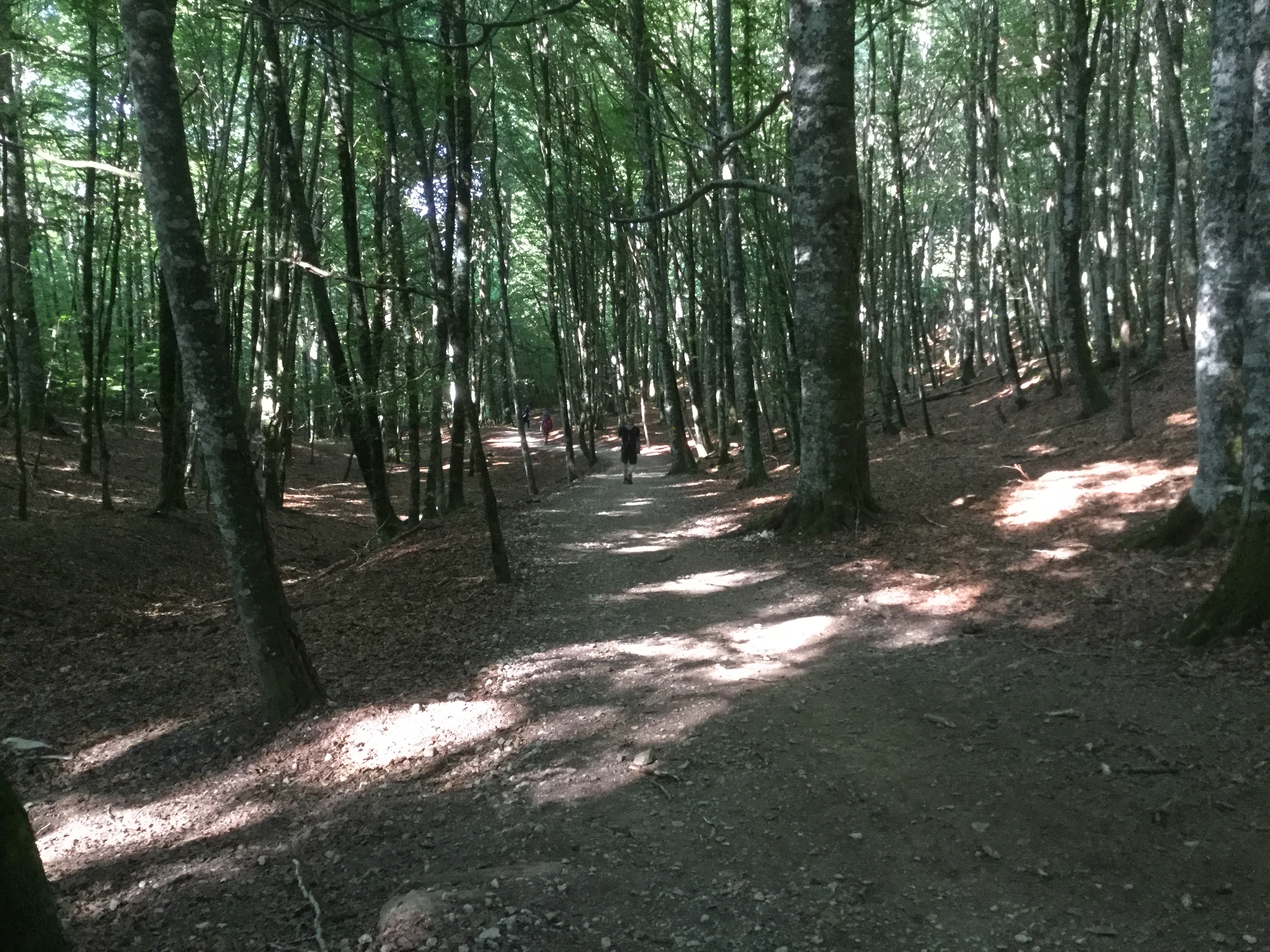
and across makeshift bridges.
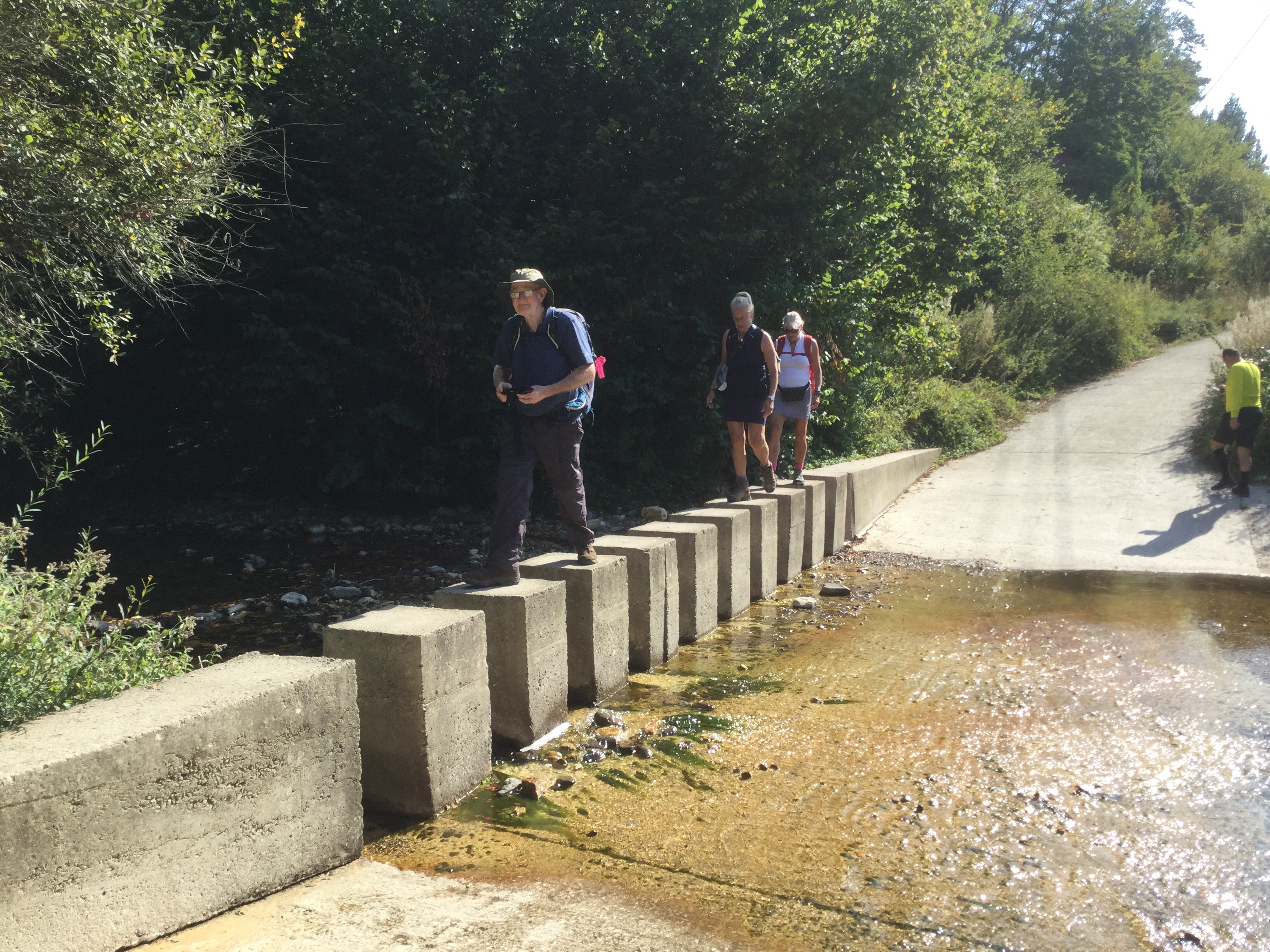
Though it was an easier walk today it still certainly had its moments with plenty of variety. It was a 21.9 k walk. About 5 hours walking 1 hour of photography
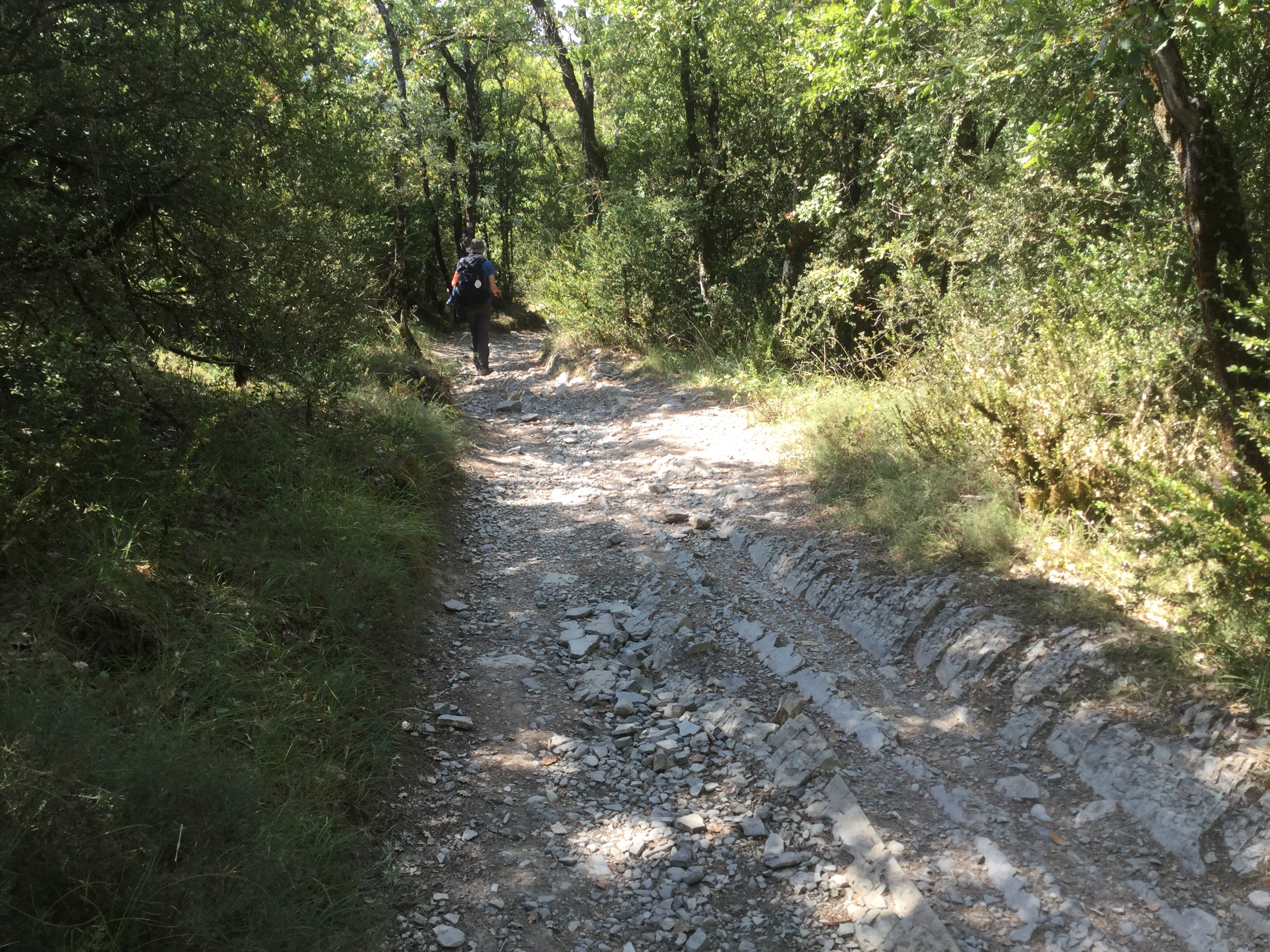
We had our photos taken today for a human interest story on how the Camino changes people. The researchers are going to meet us in Santiago de Compostela and take after photos. Note to self put on makeup before arriving in Santiago de Compostela.
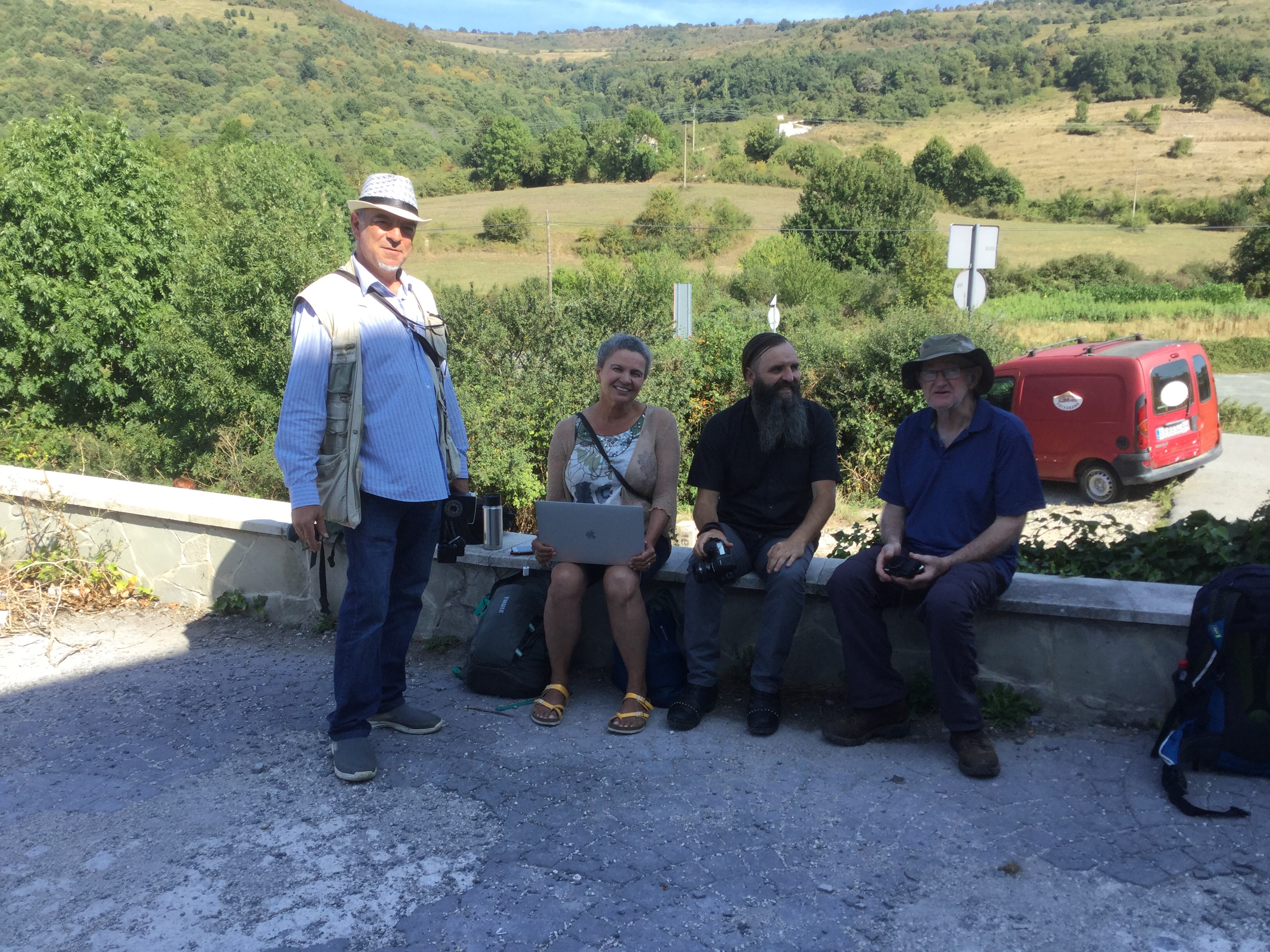
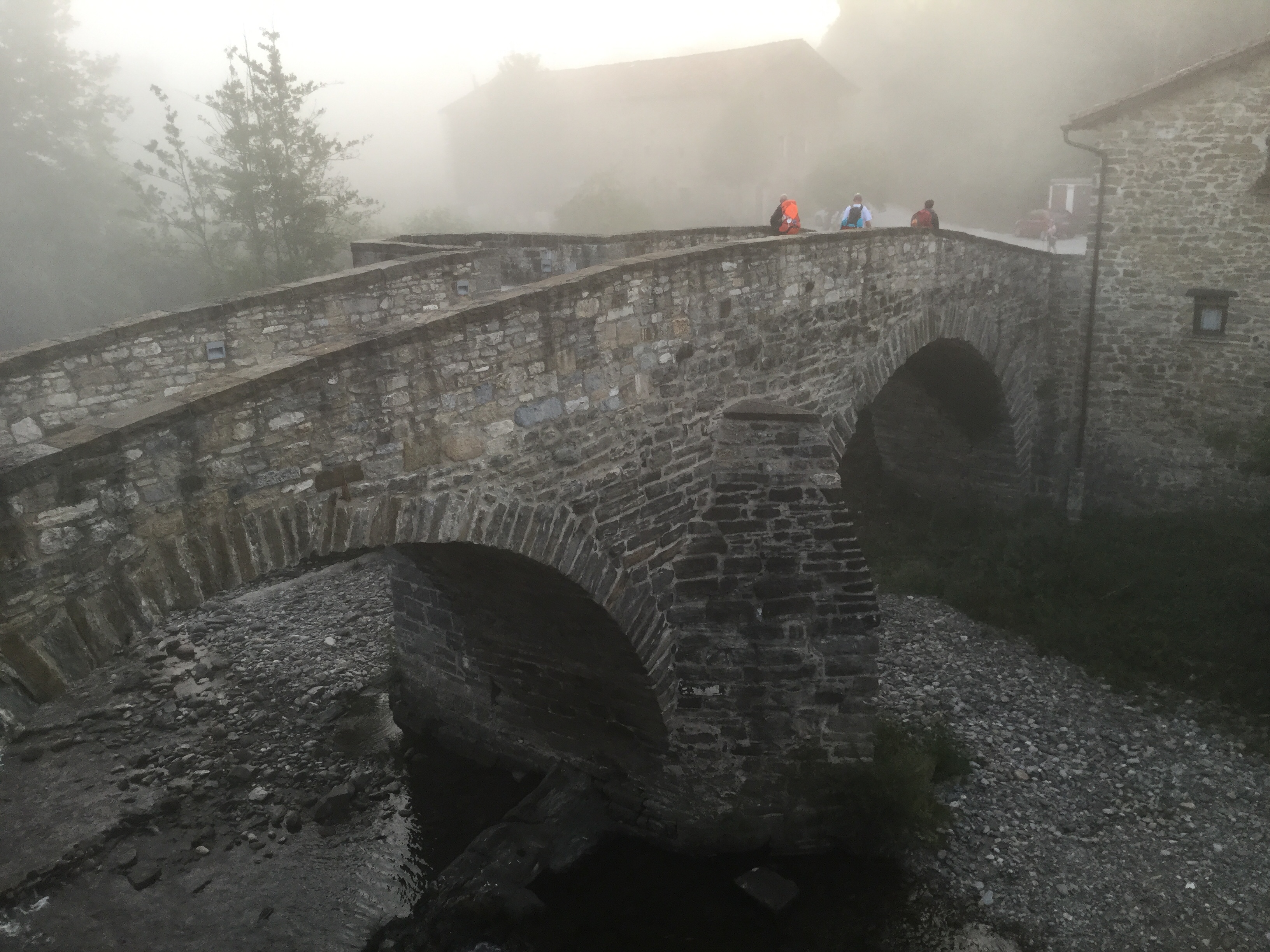
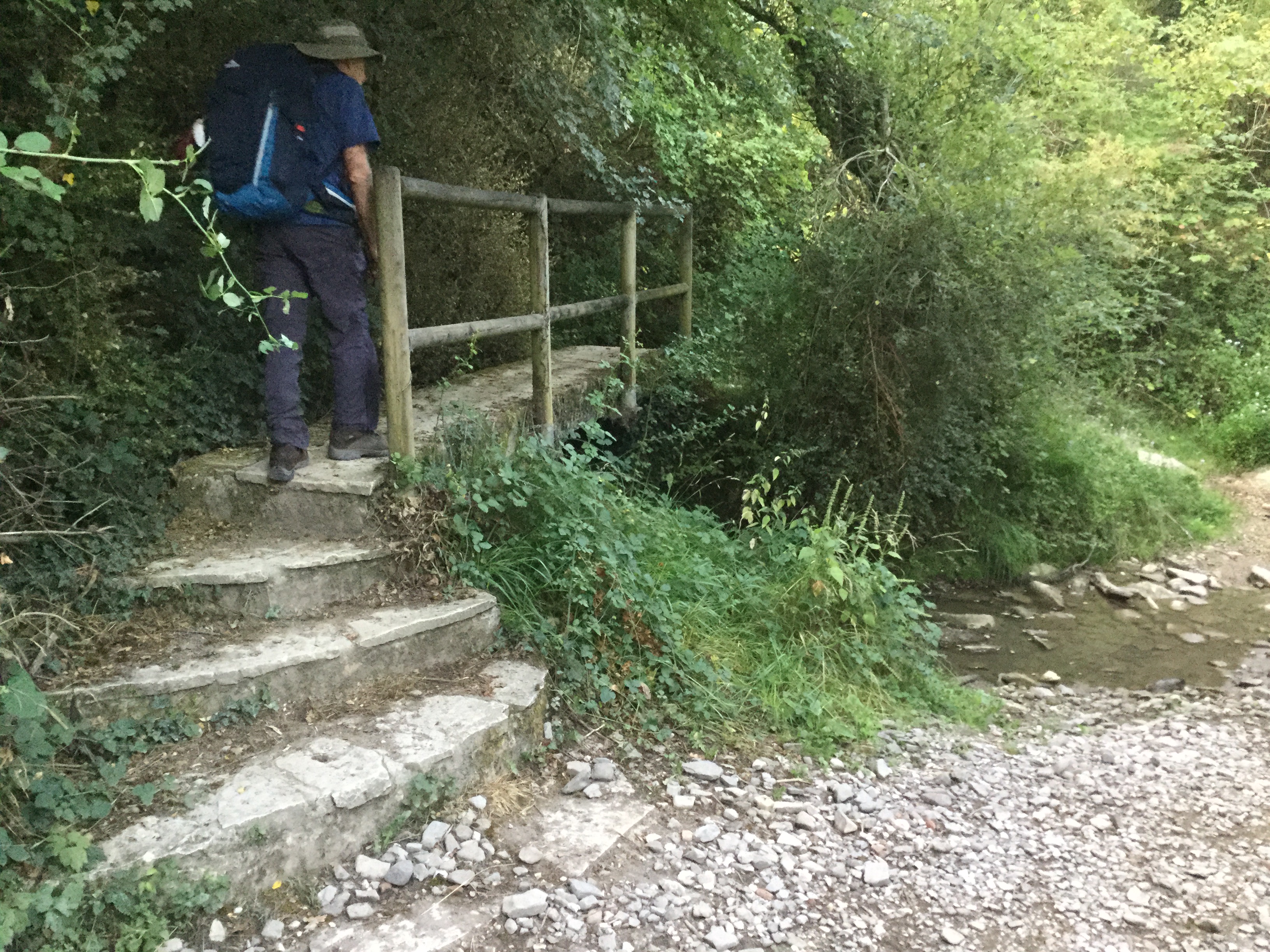
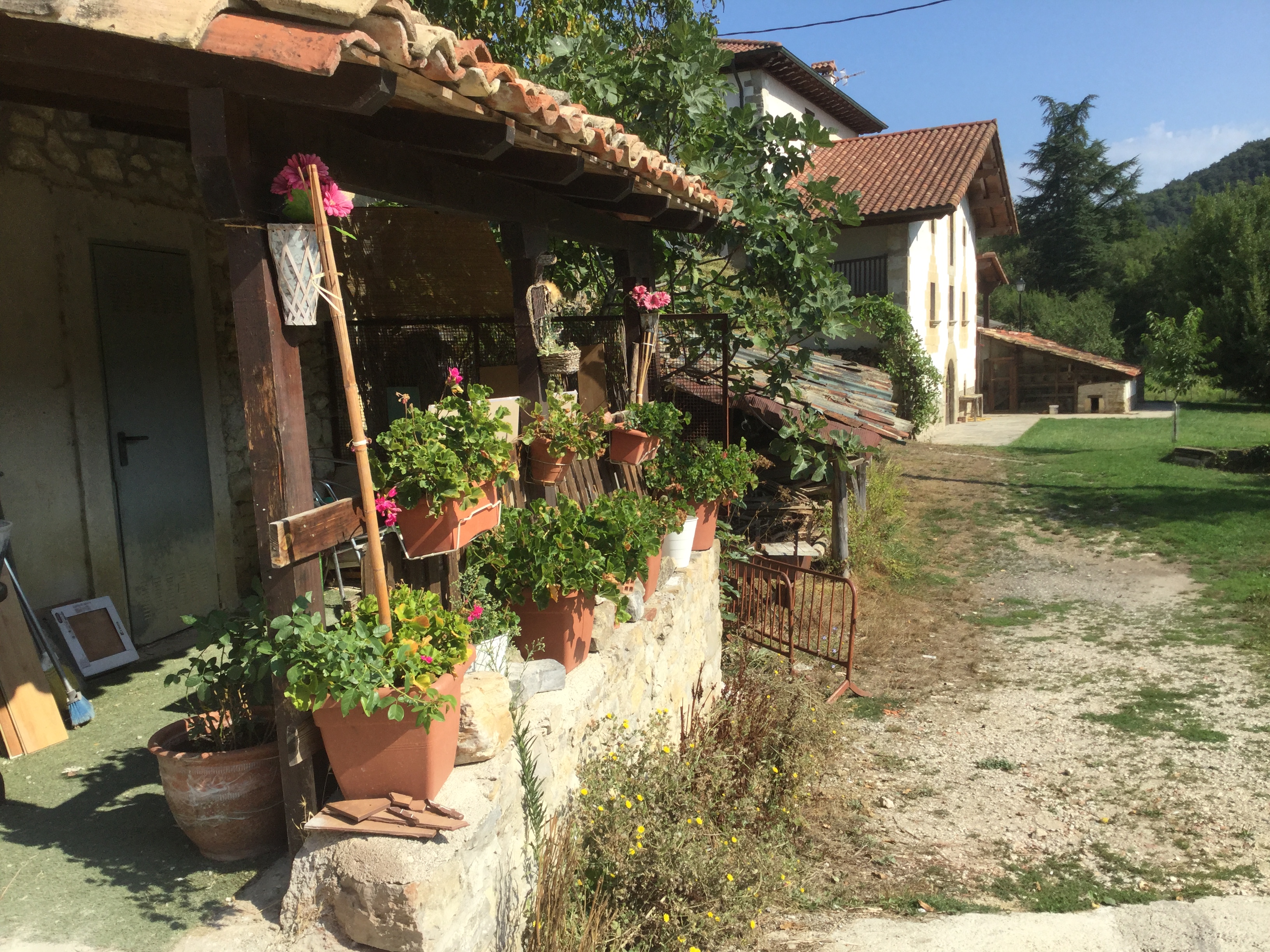

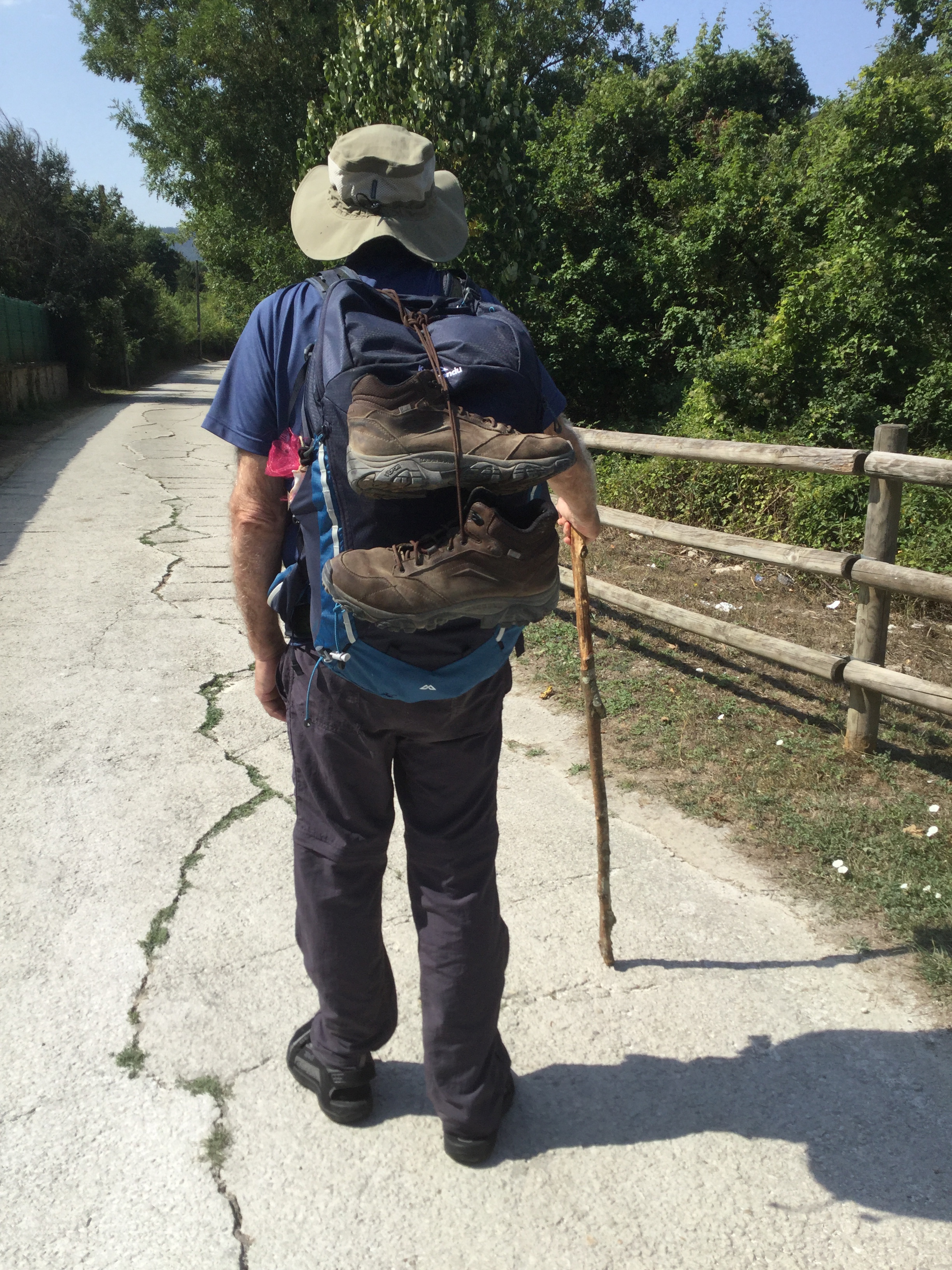
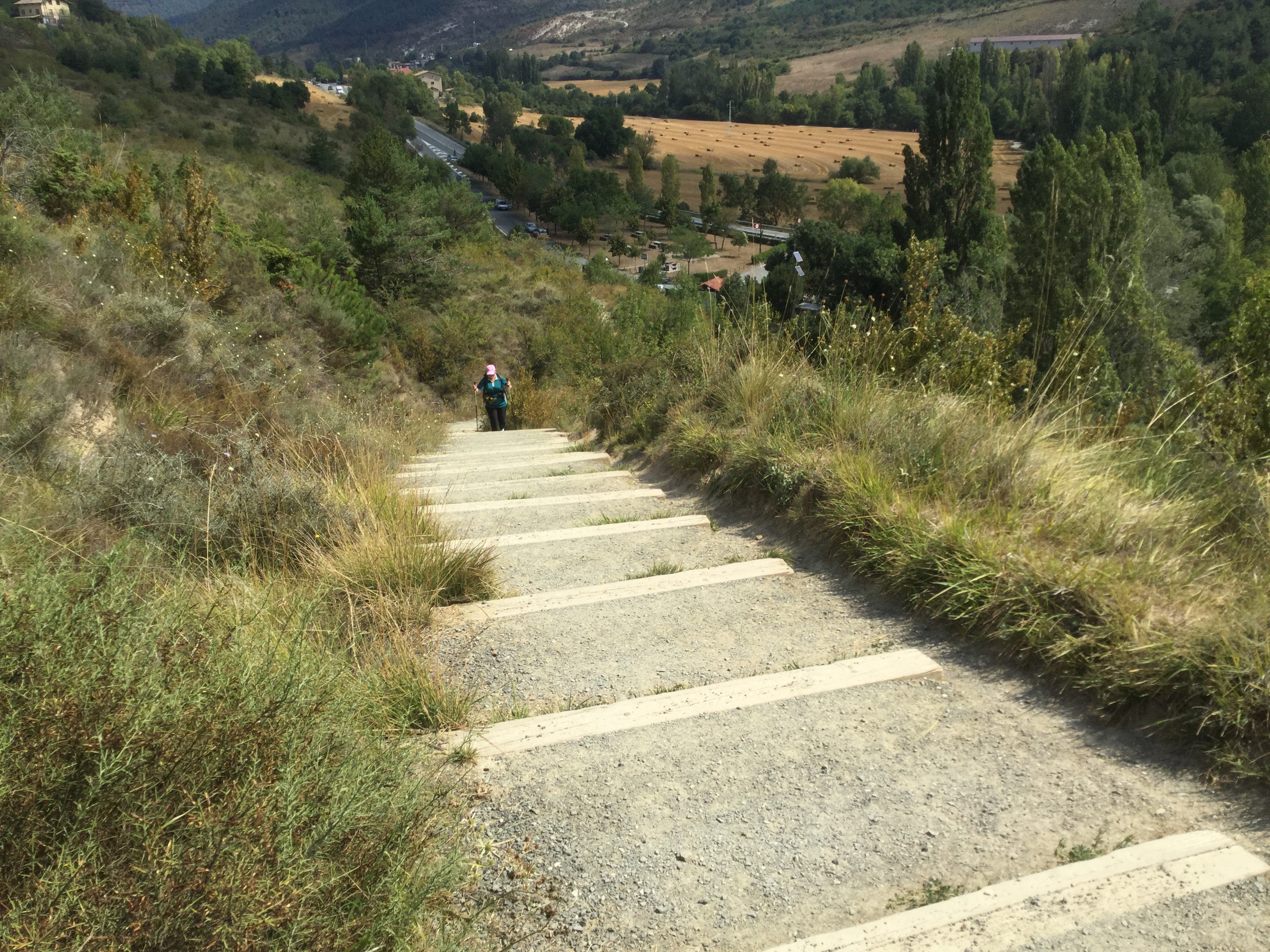
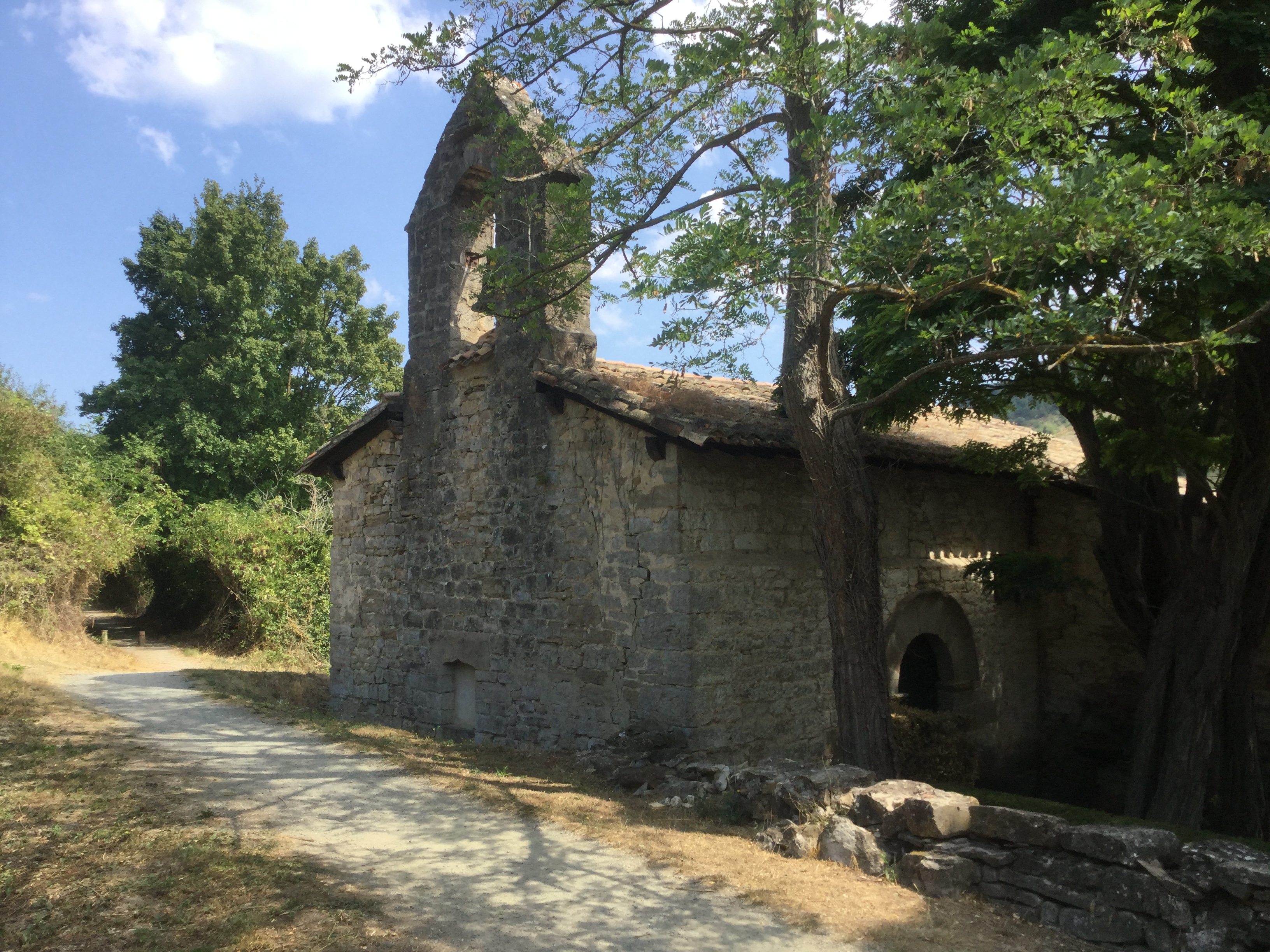
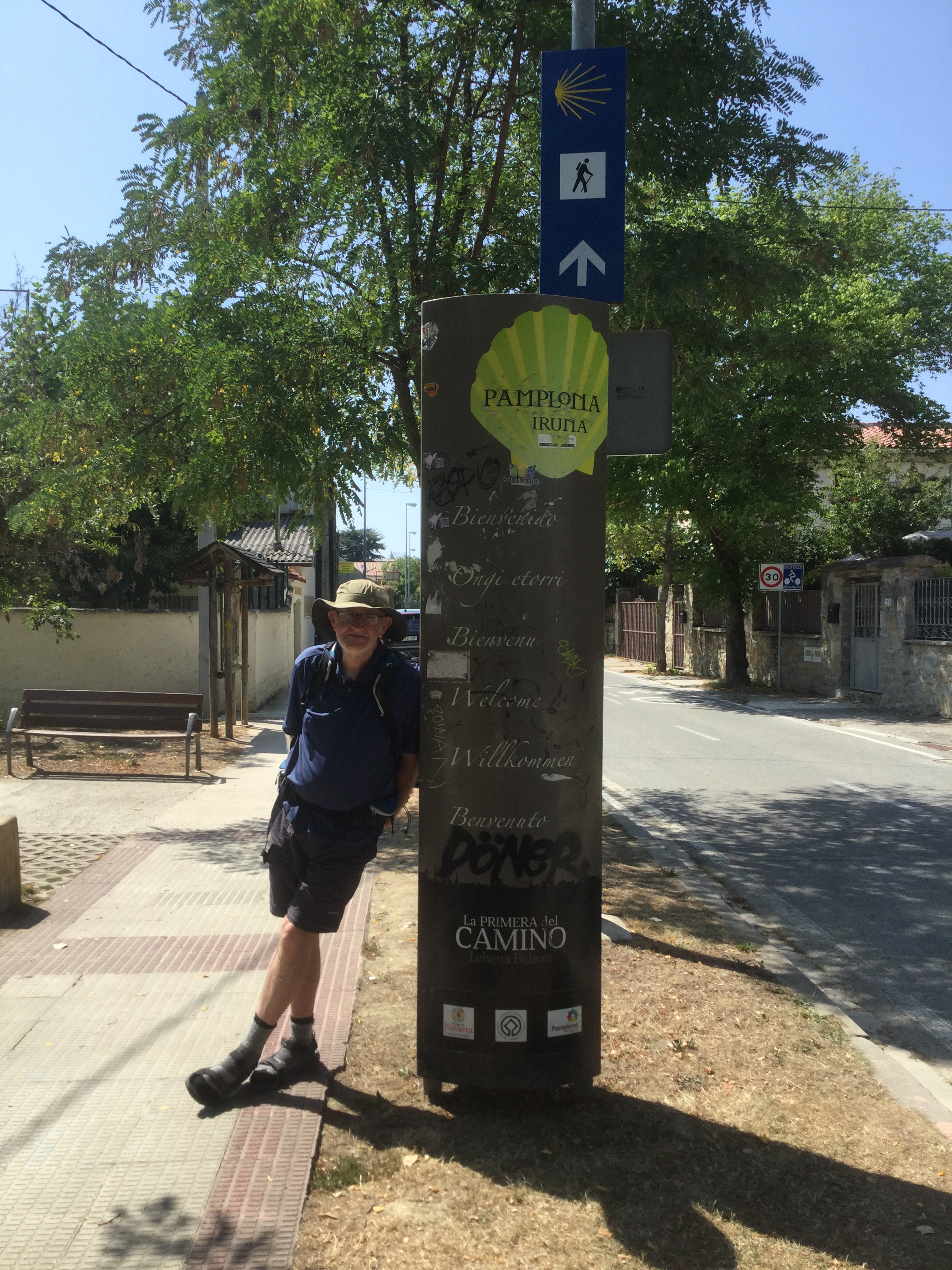
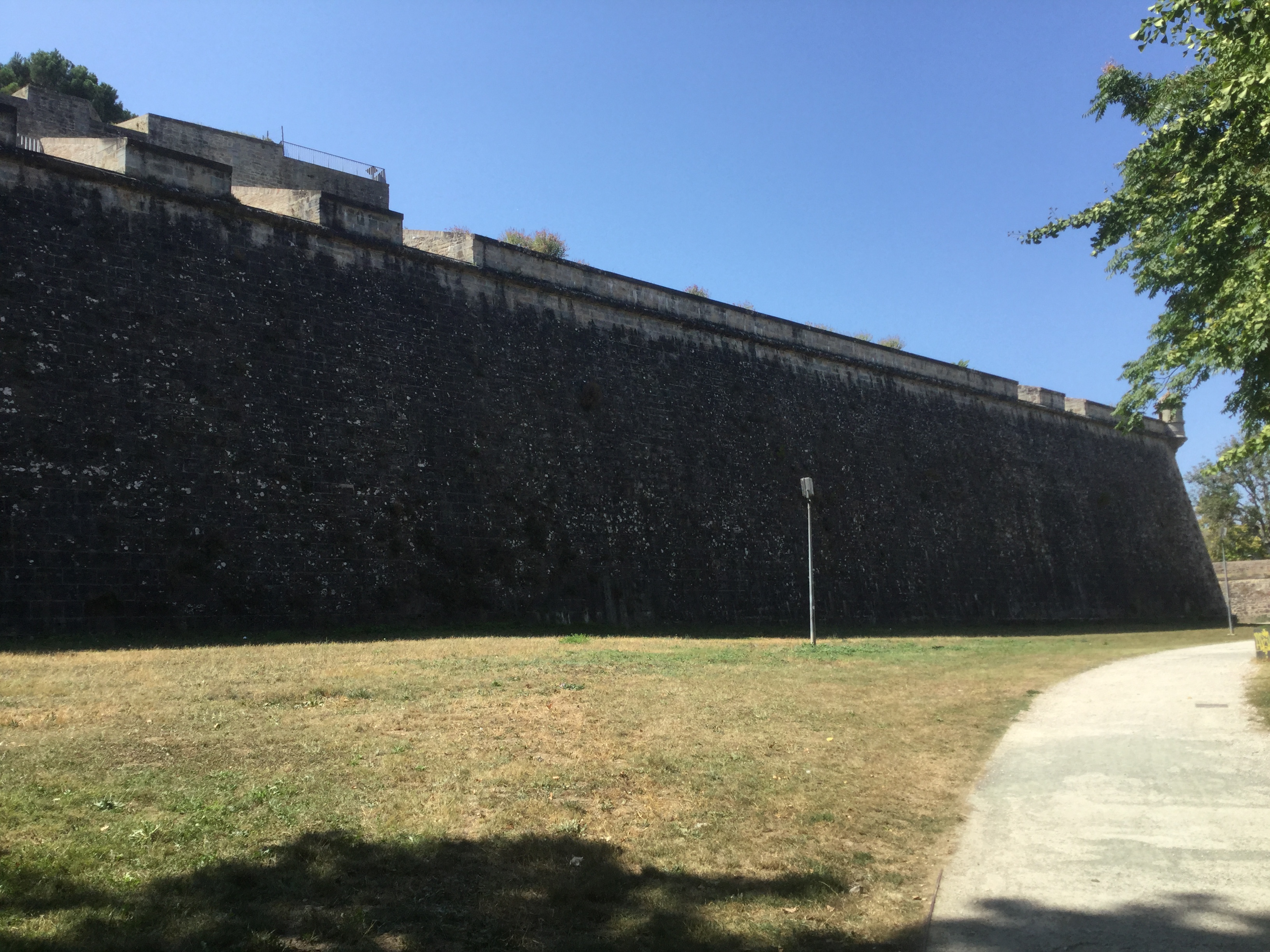
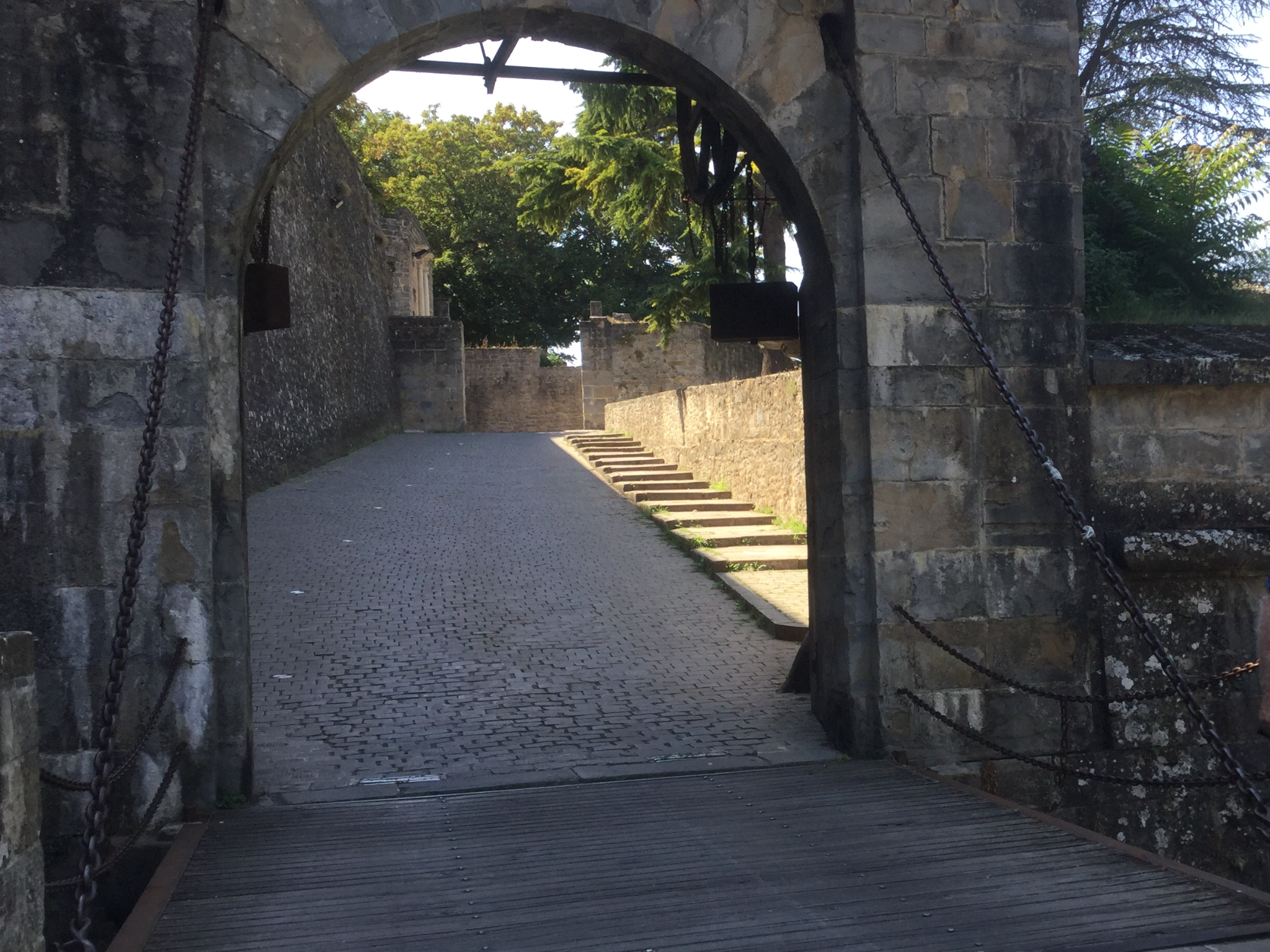
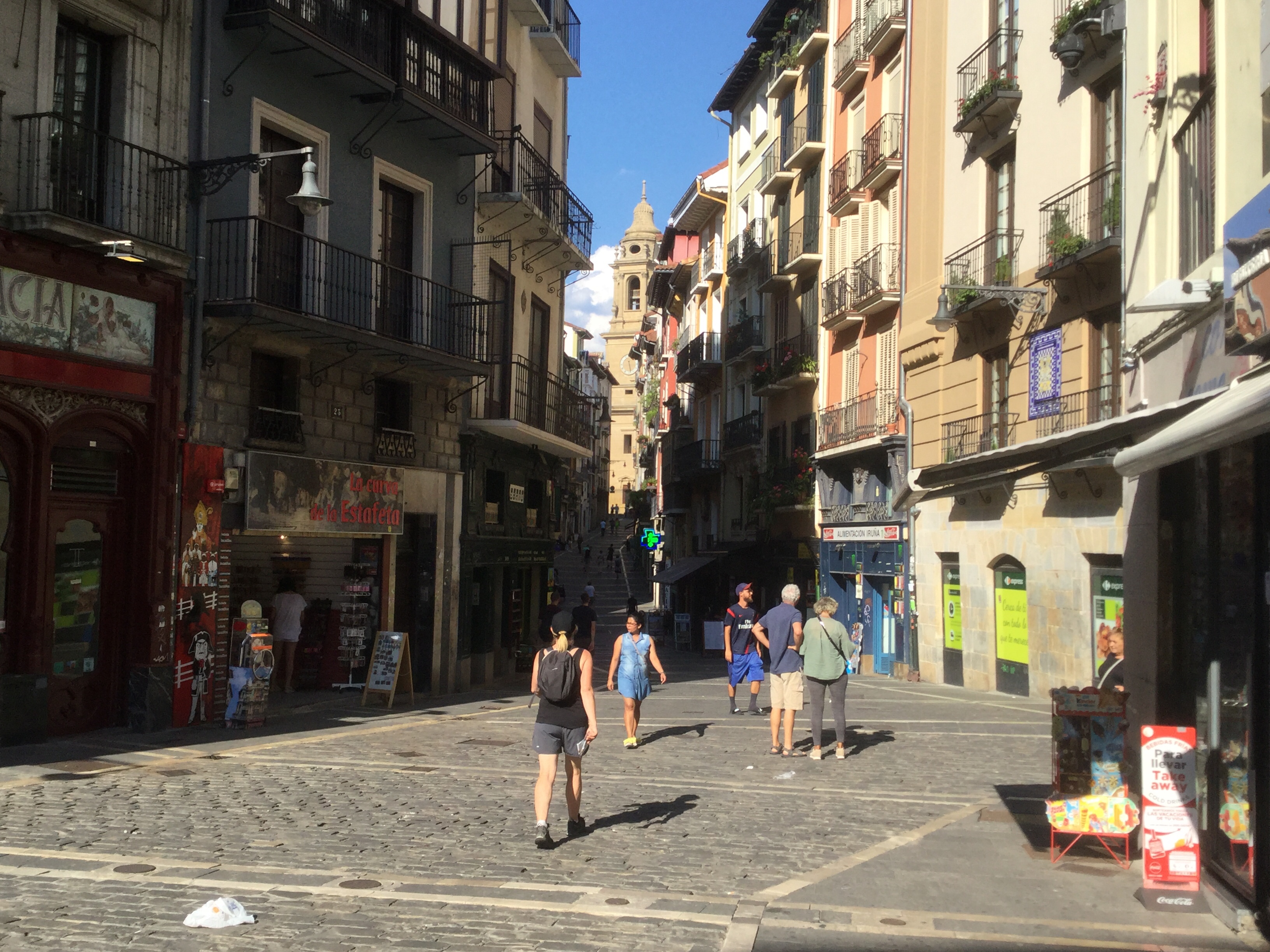
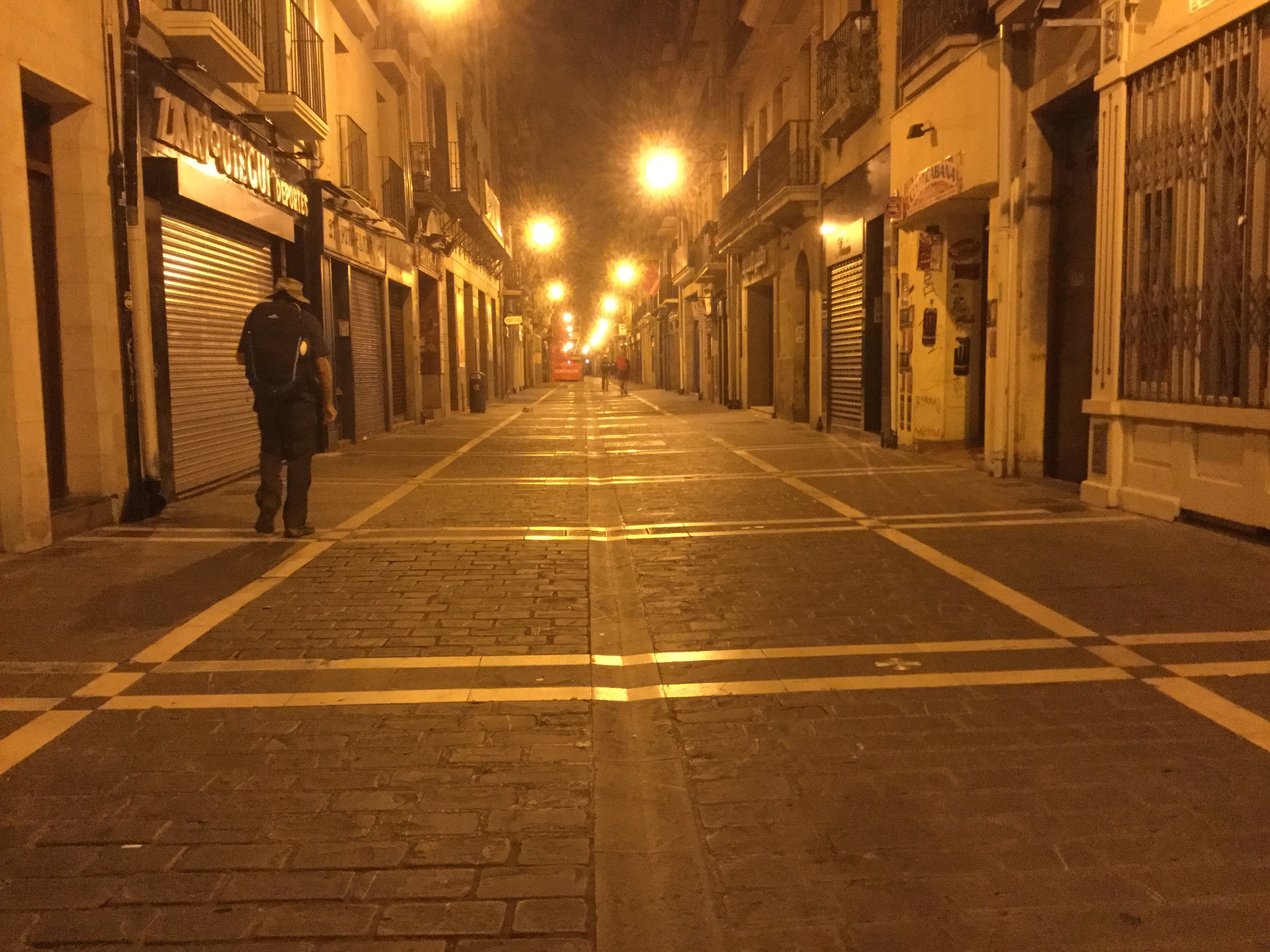
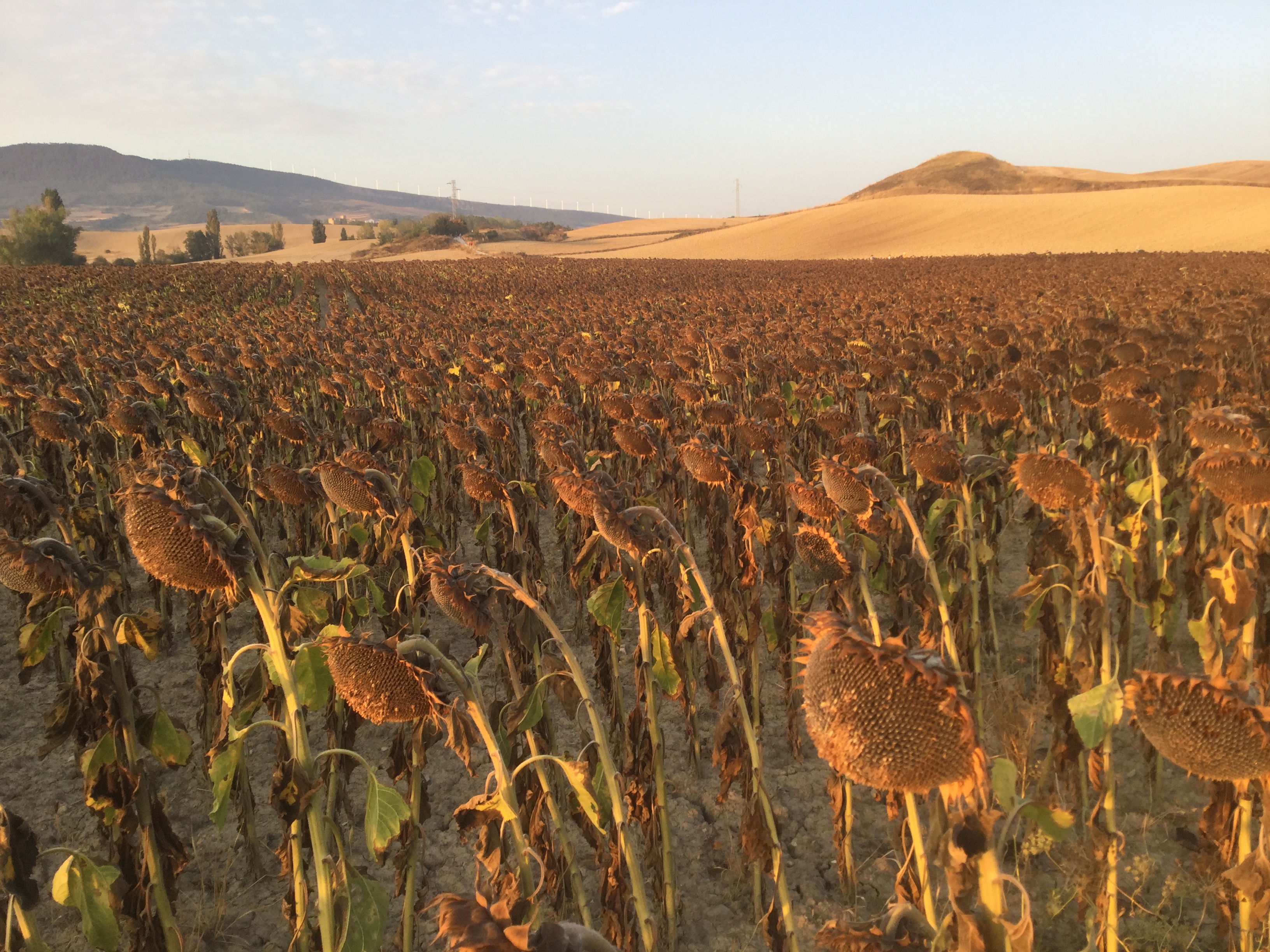
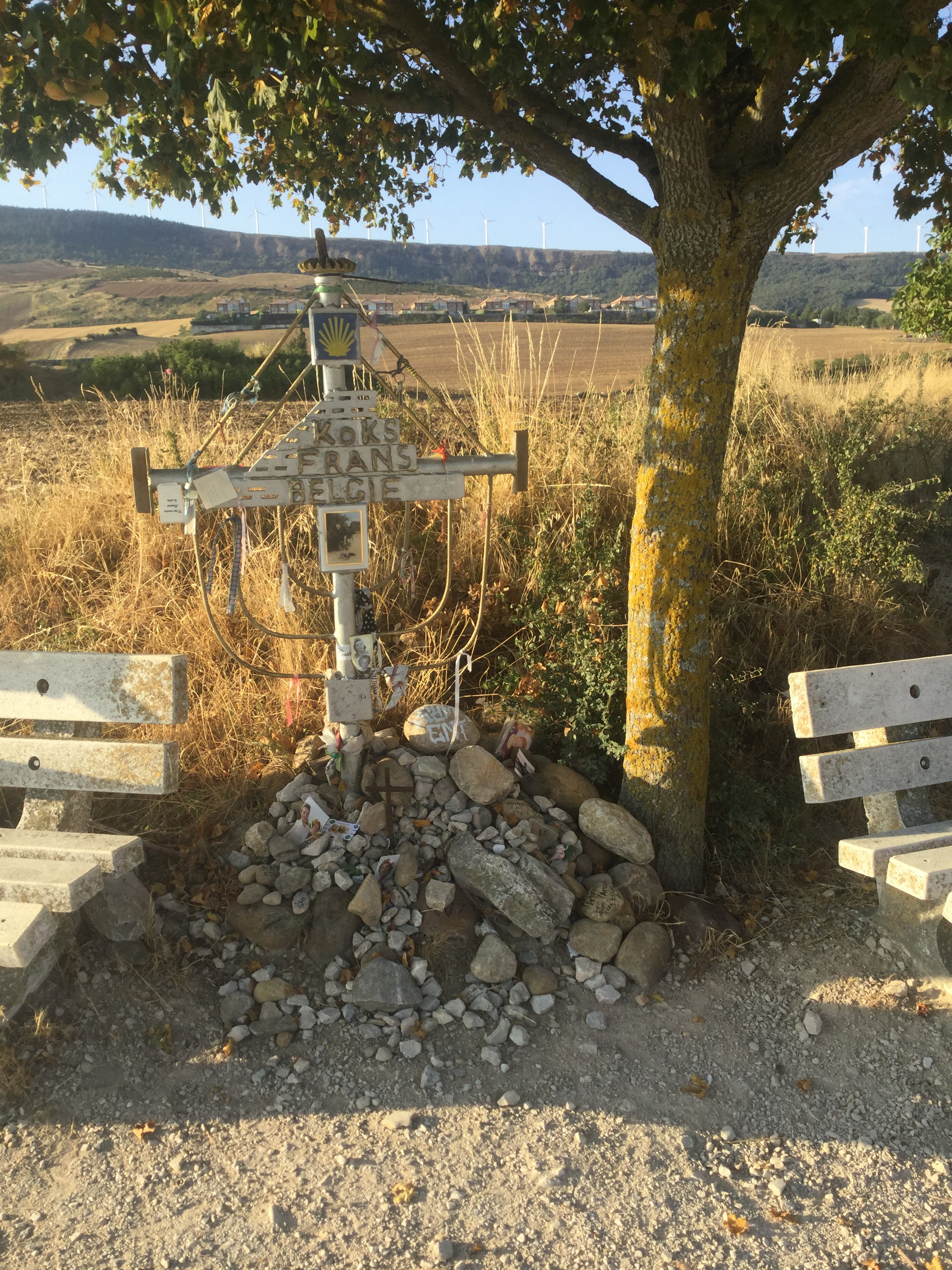
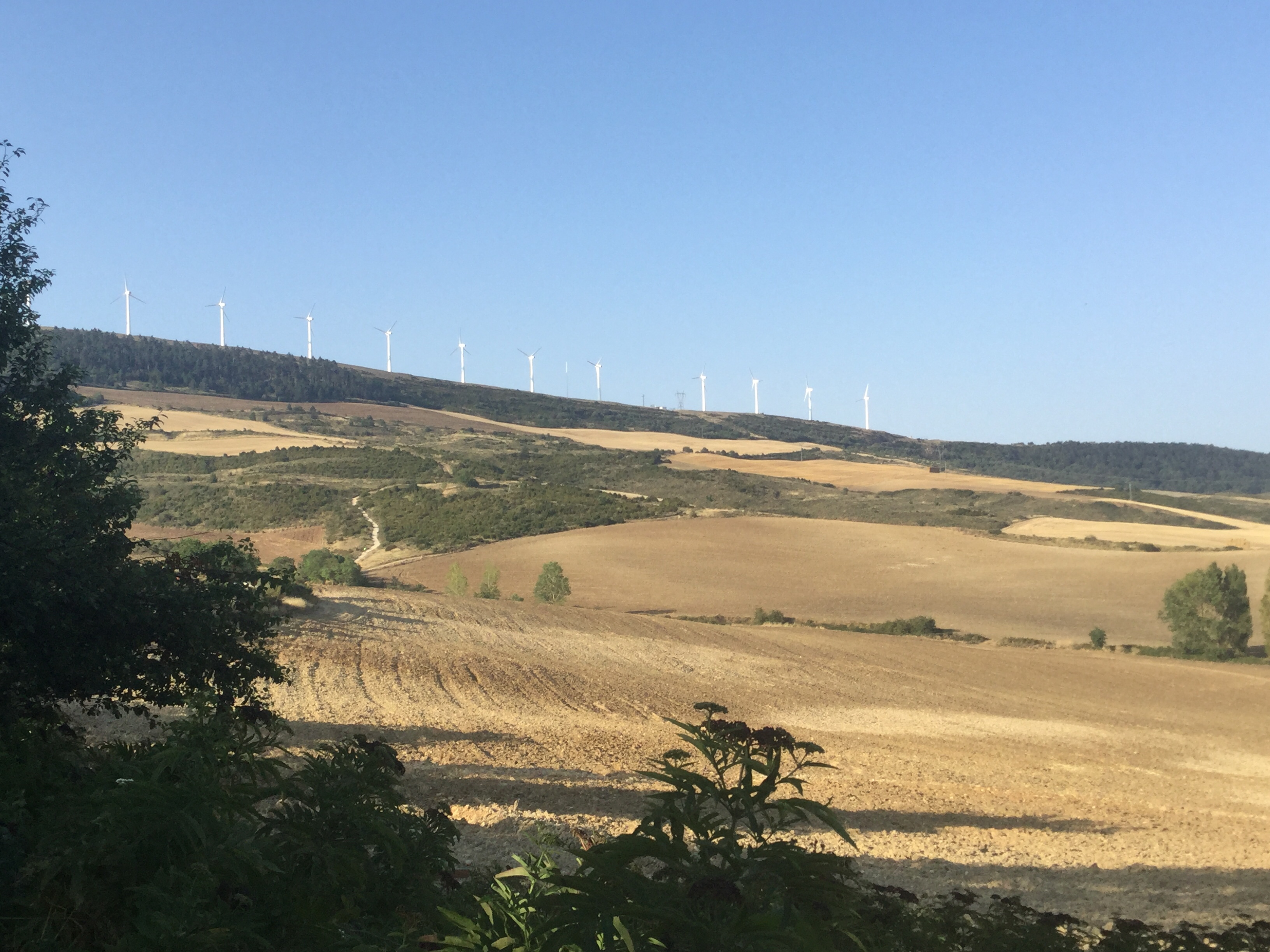
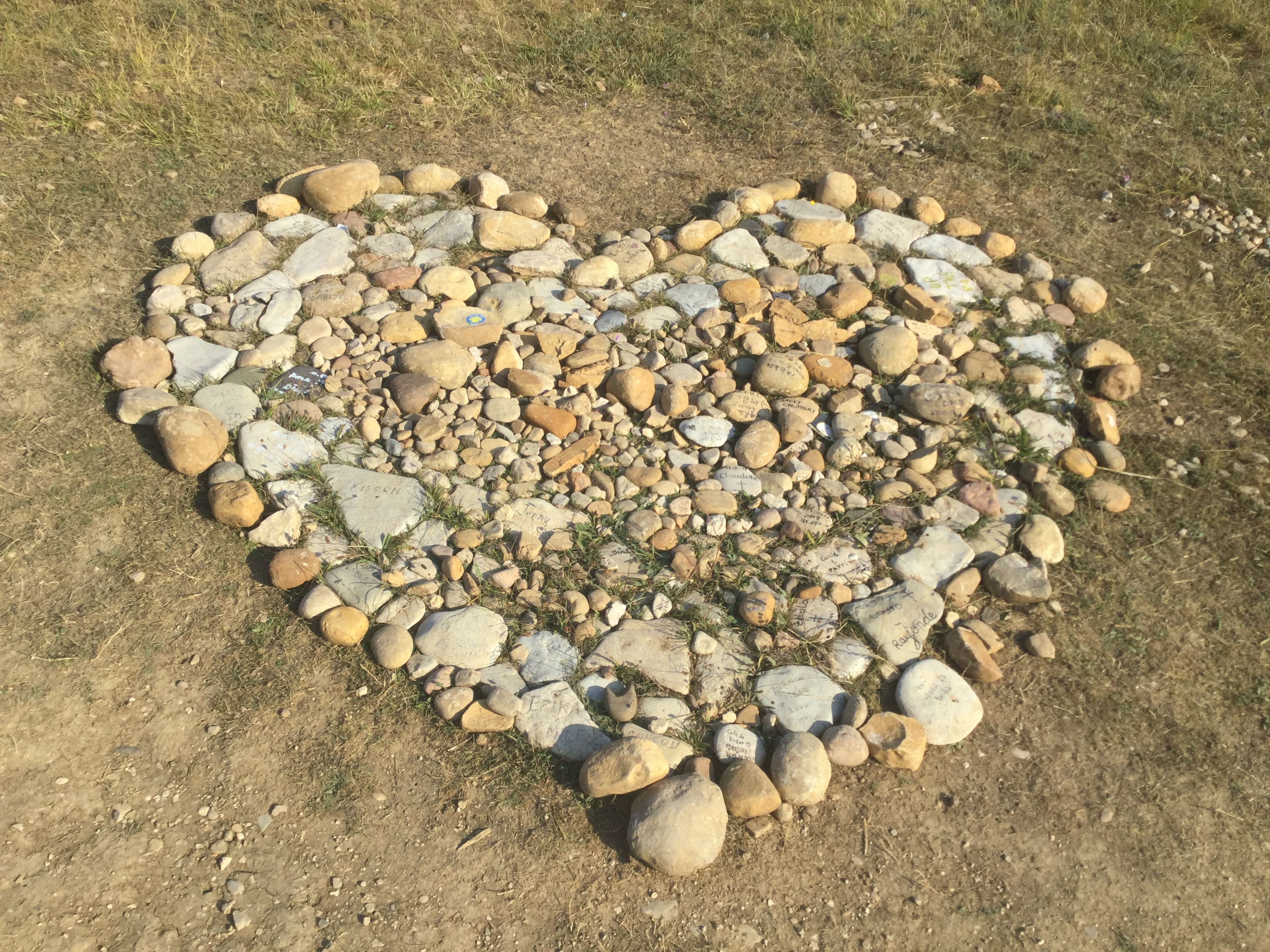
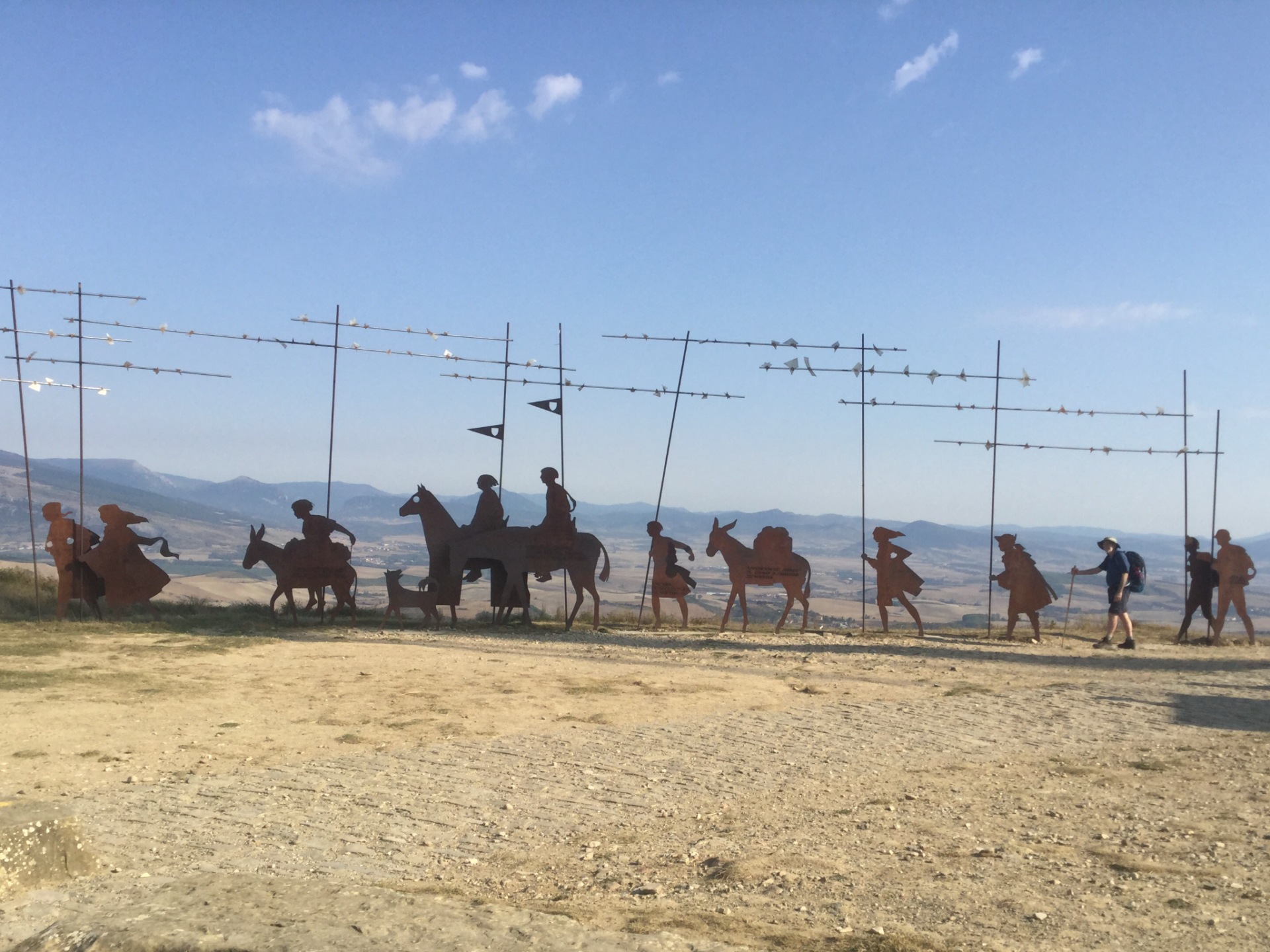
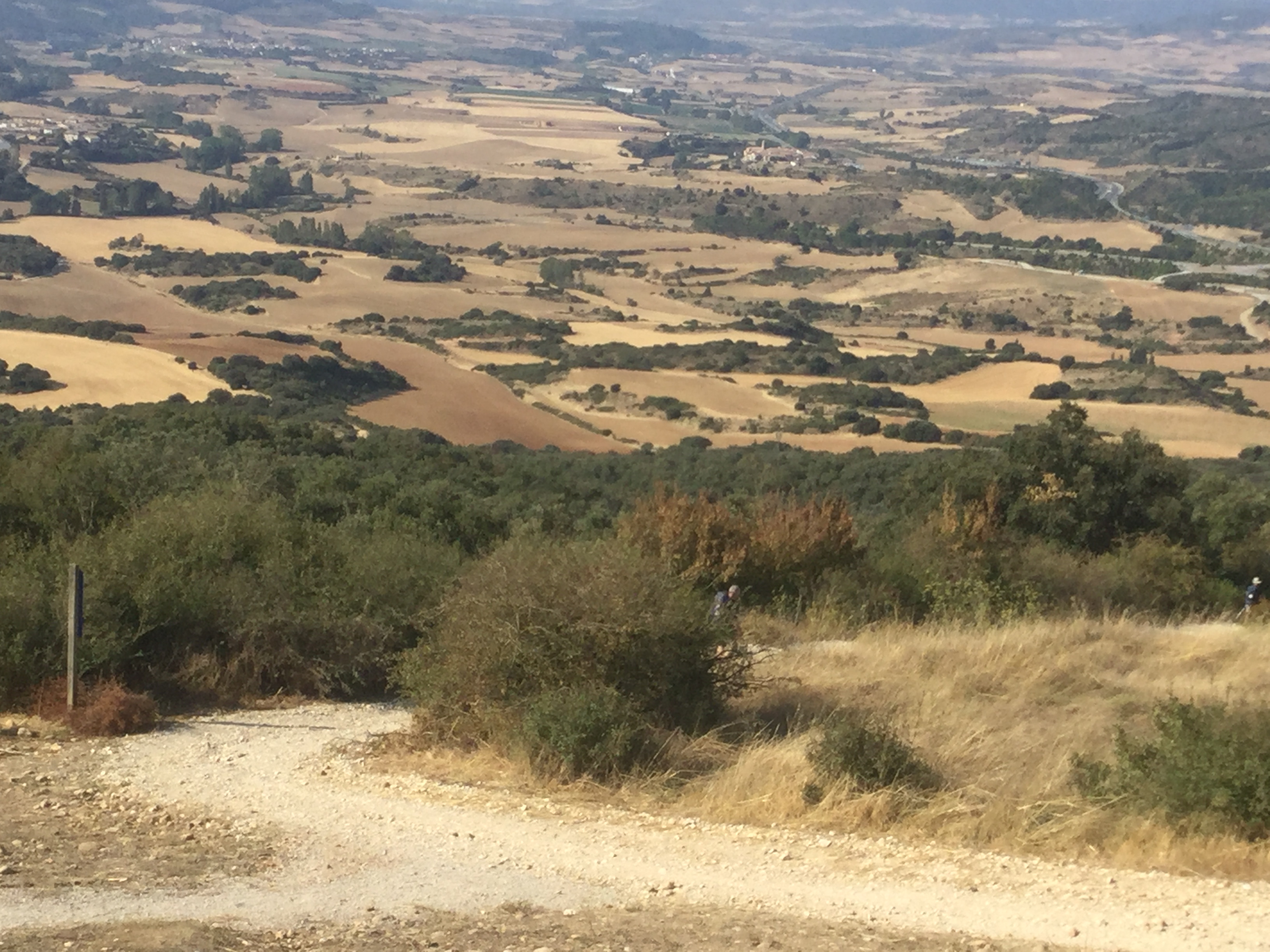
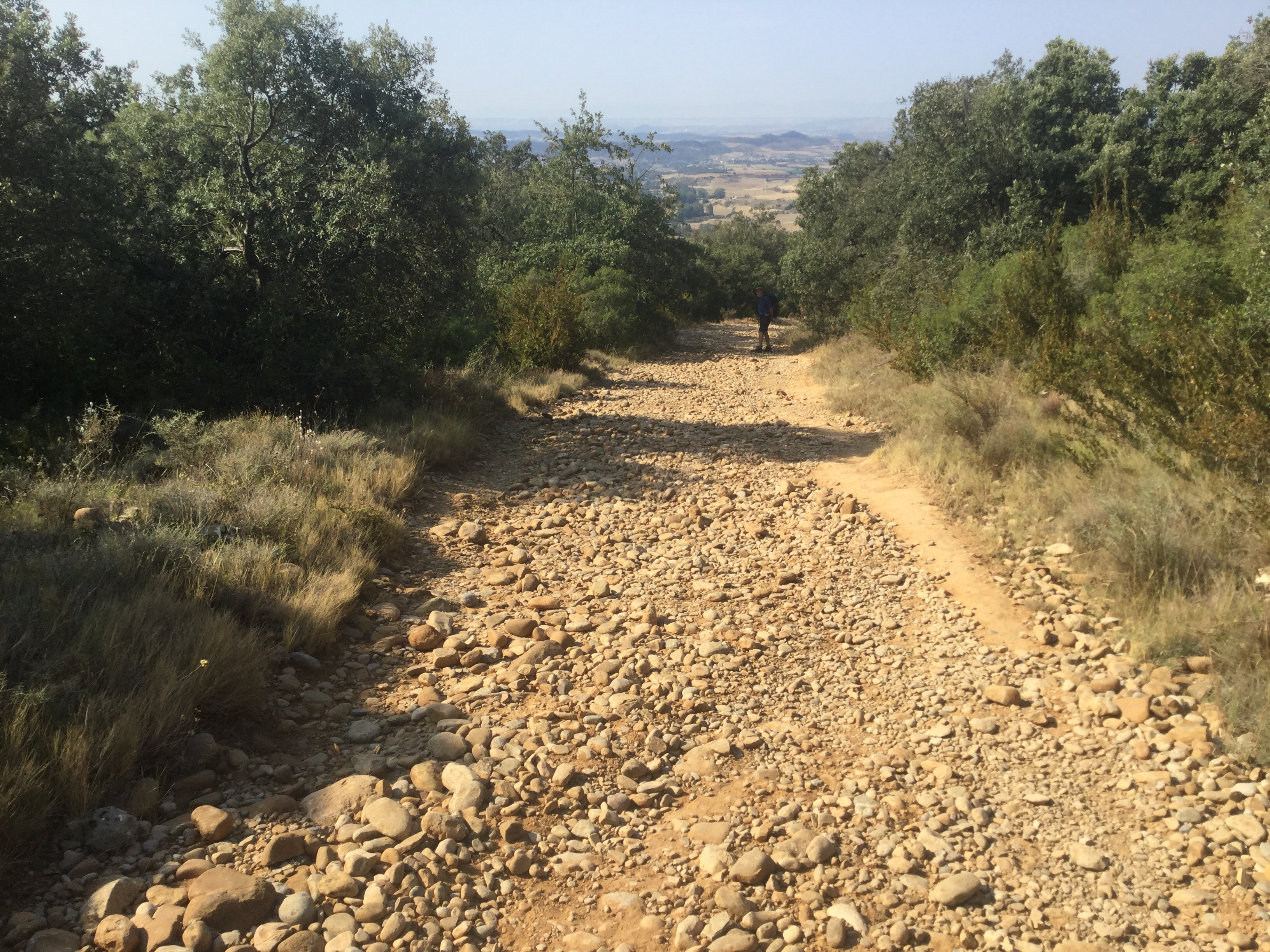
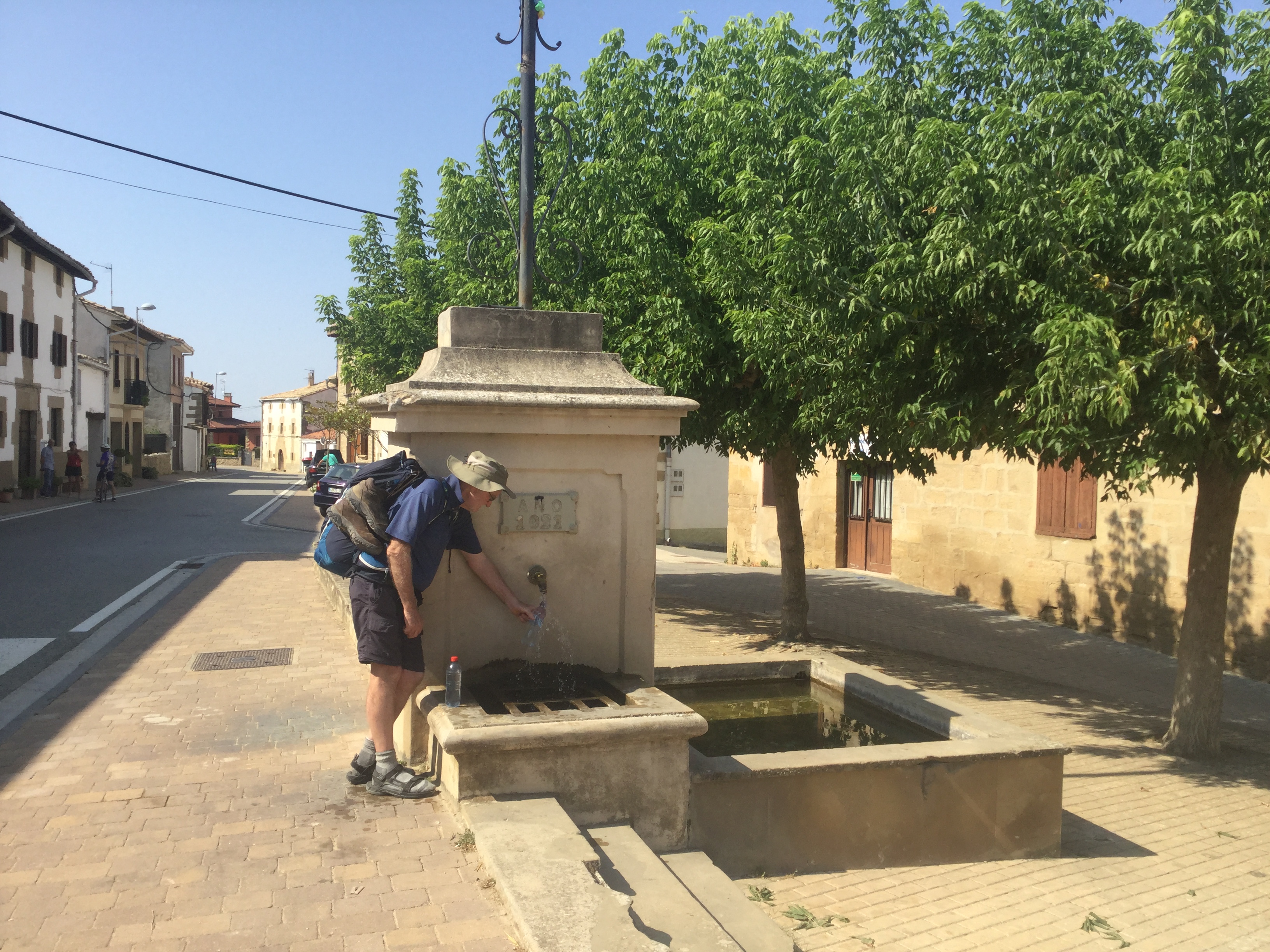
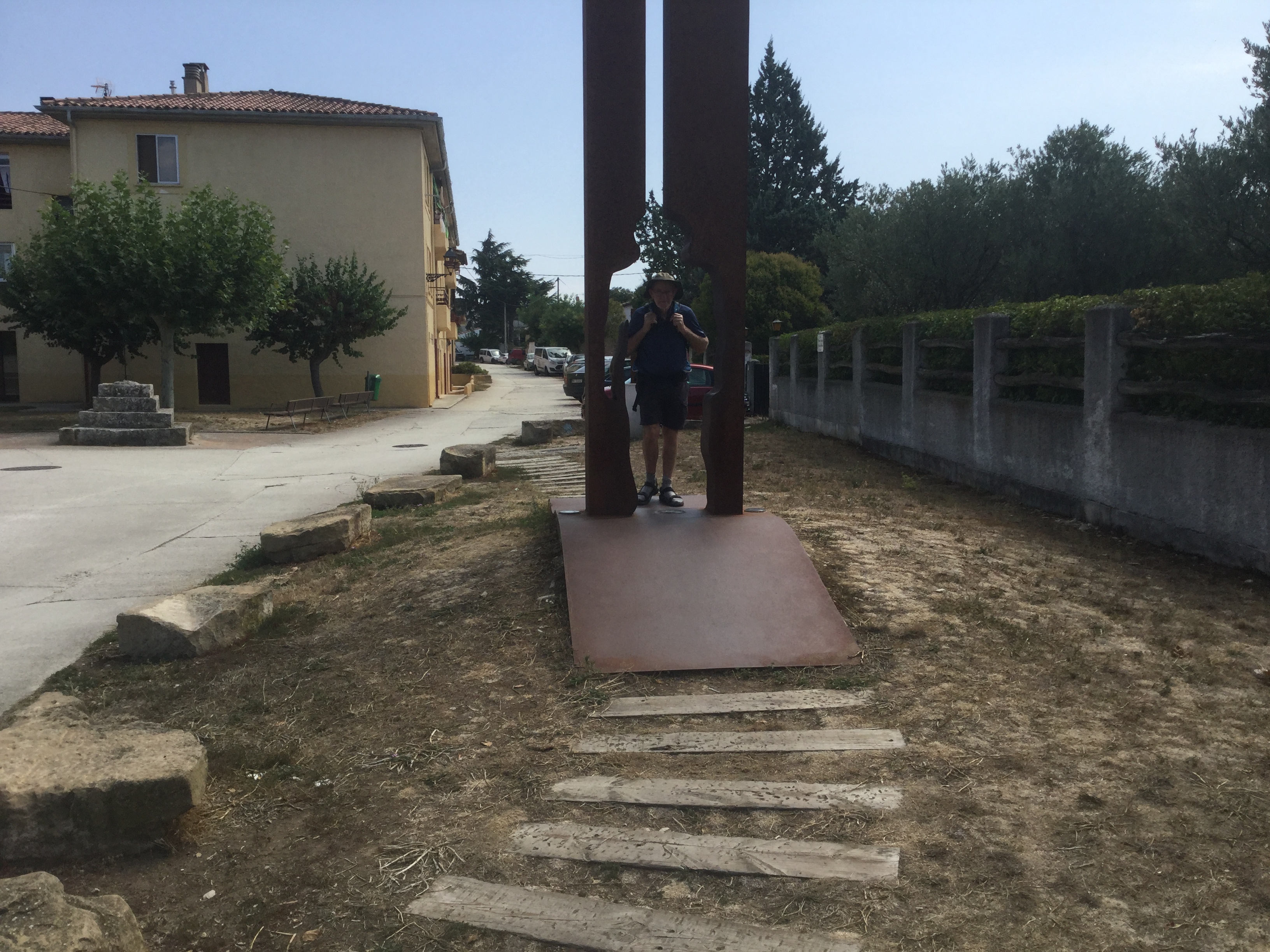
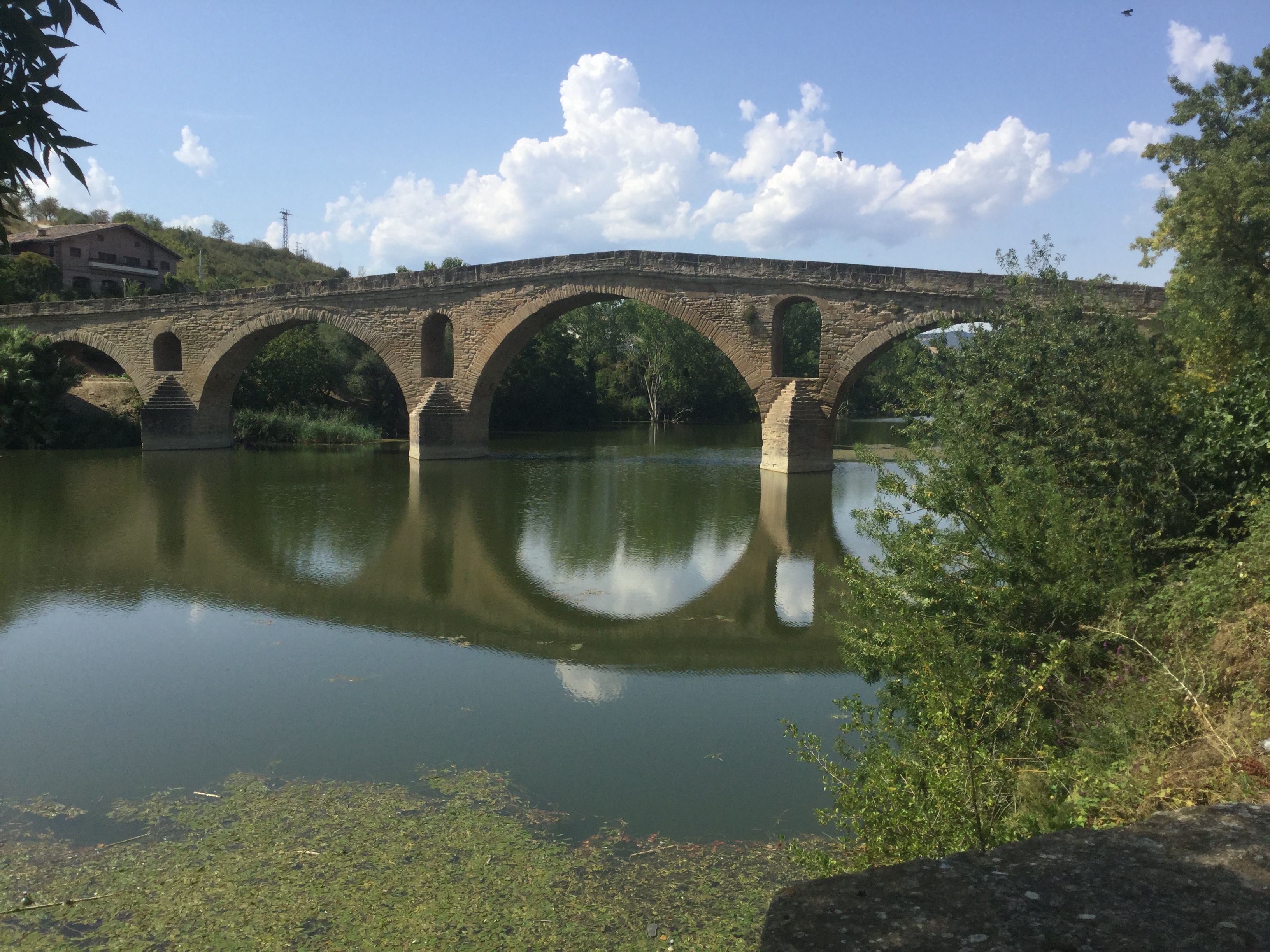
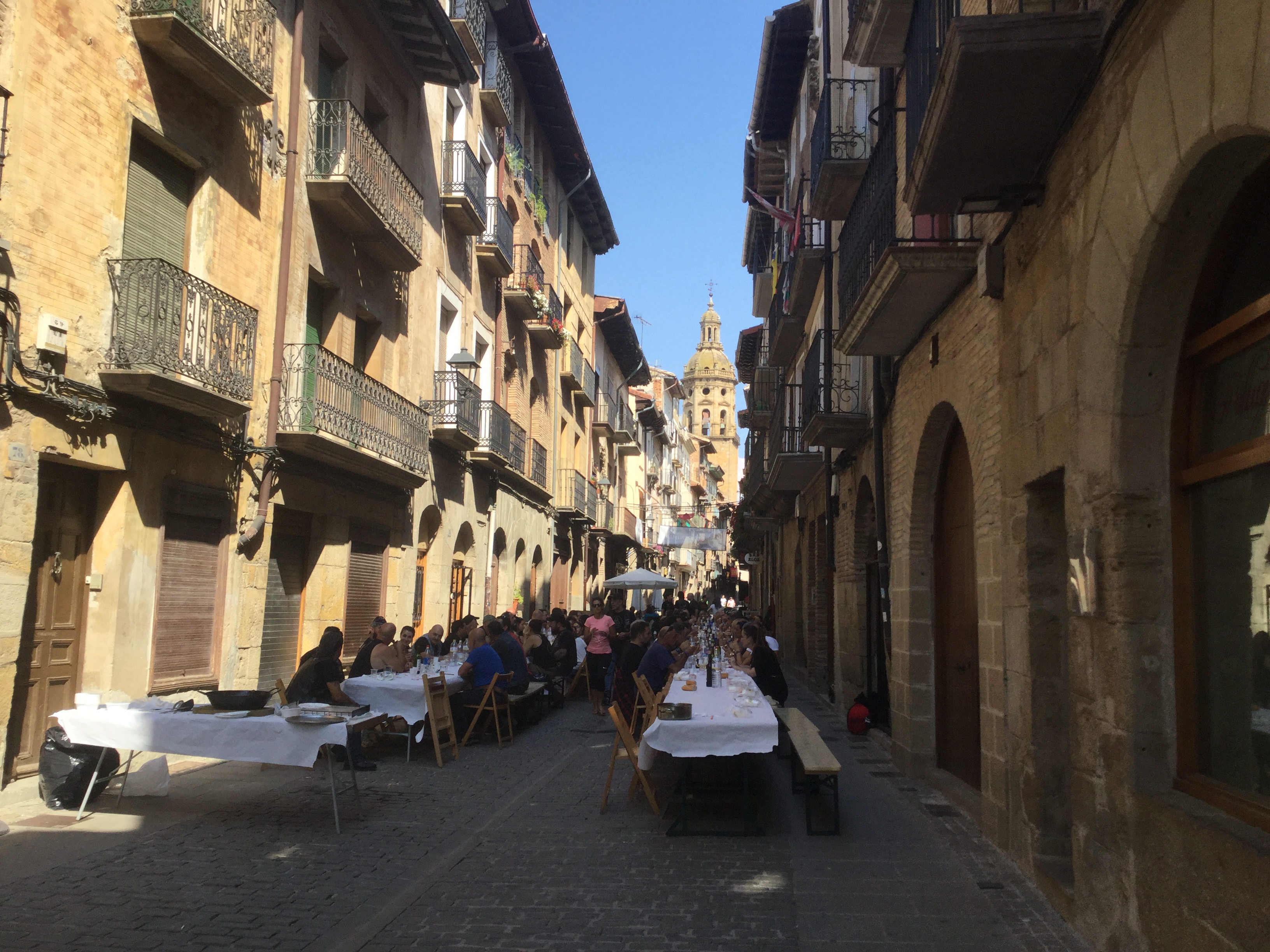
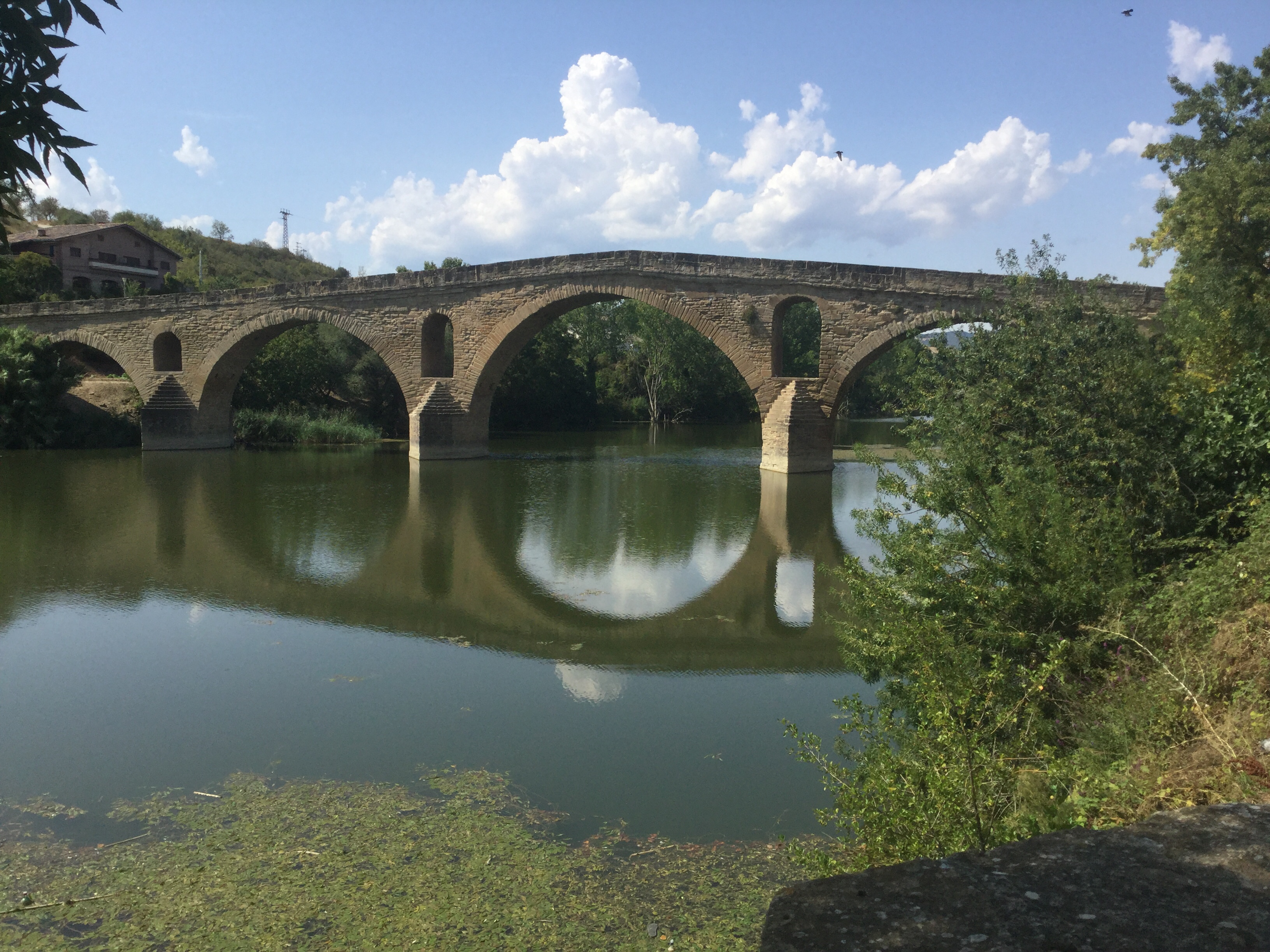
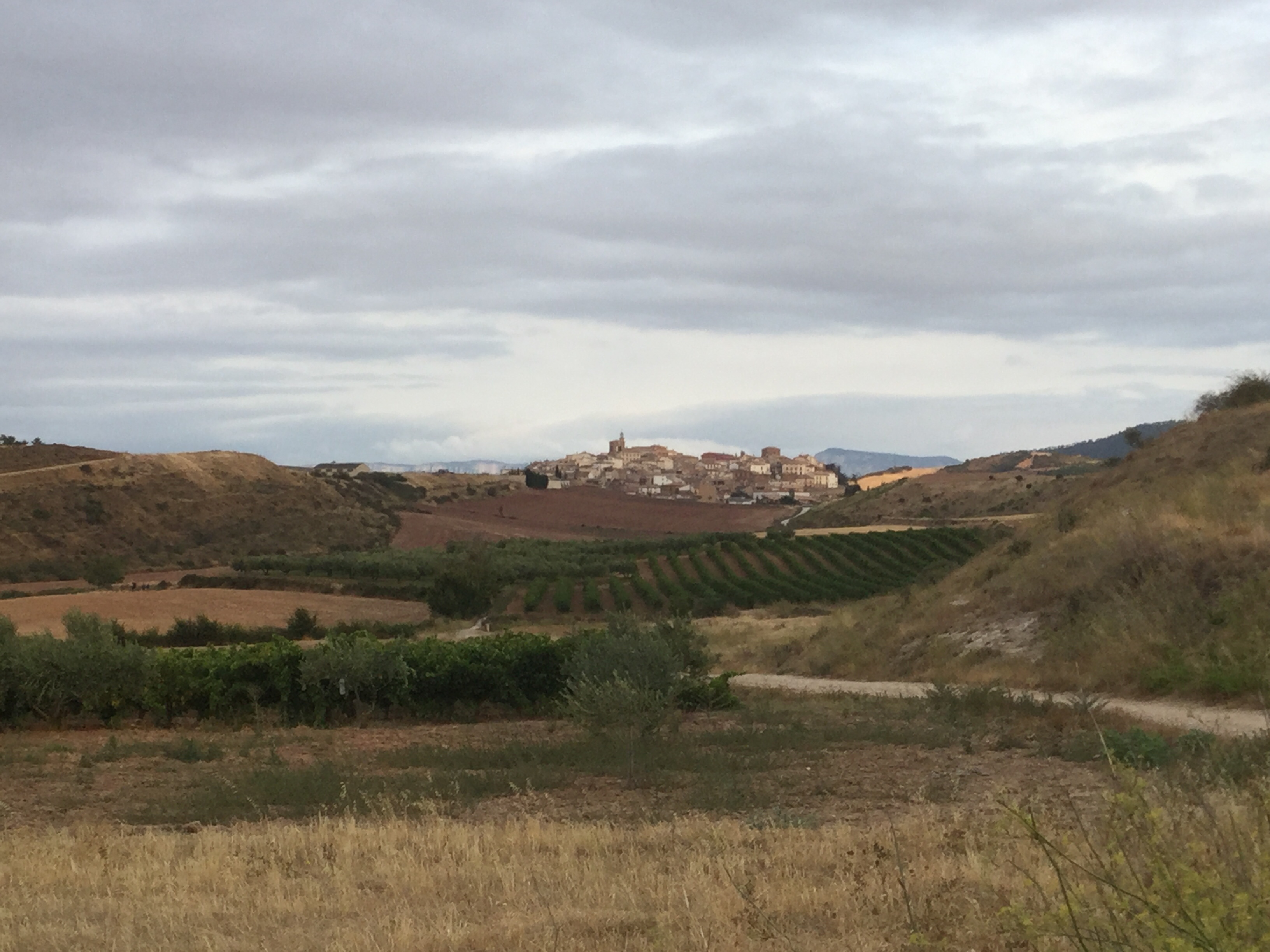
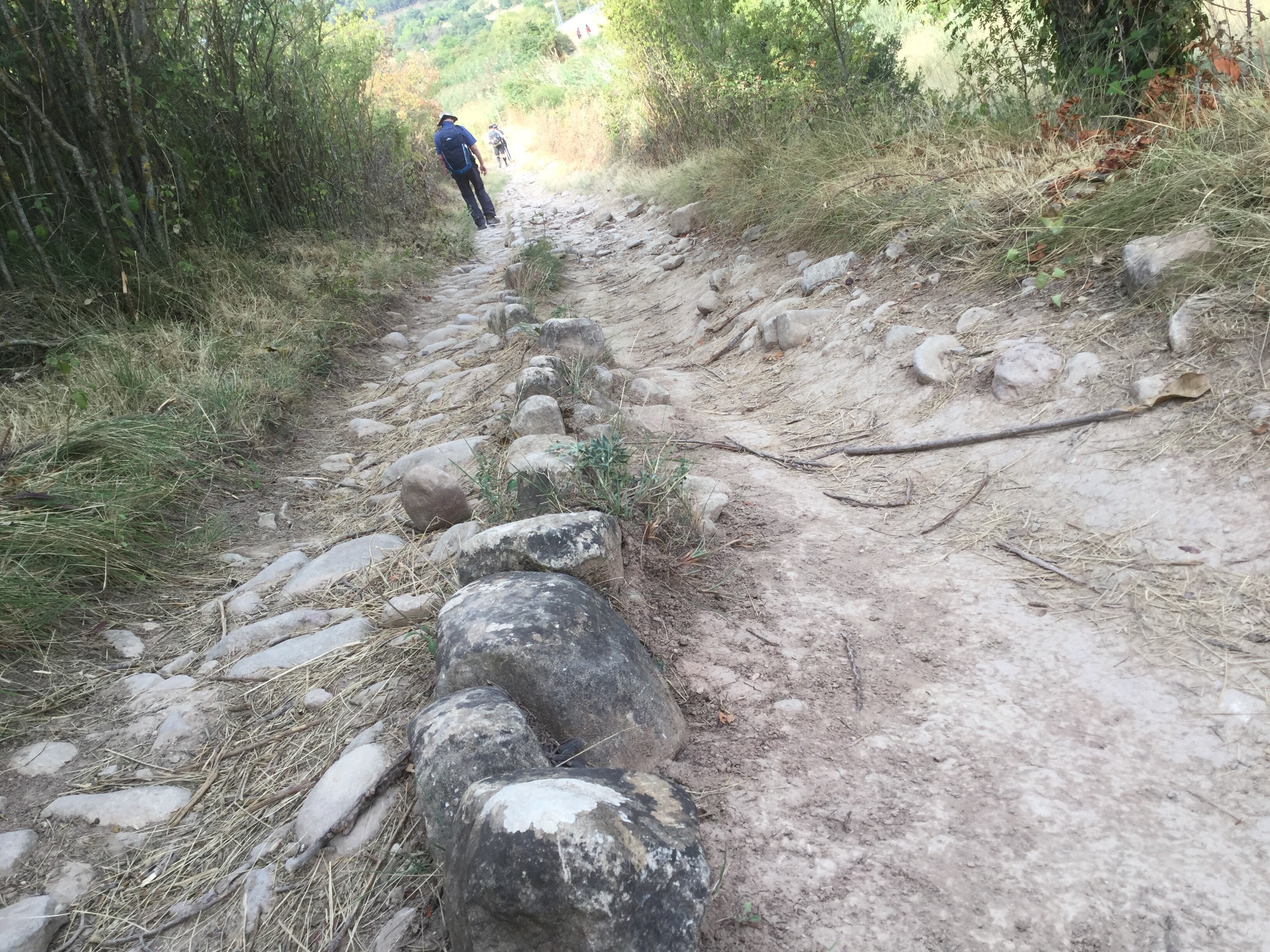
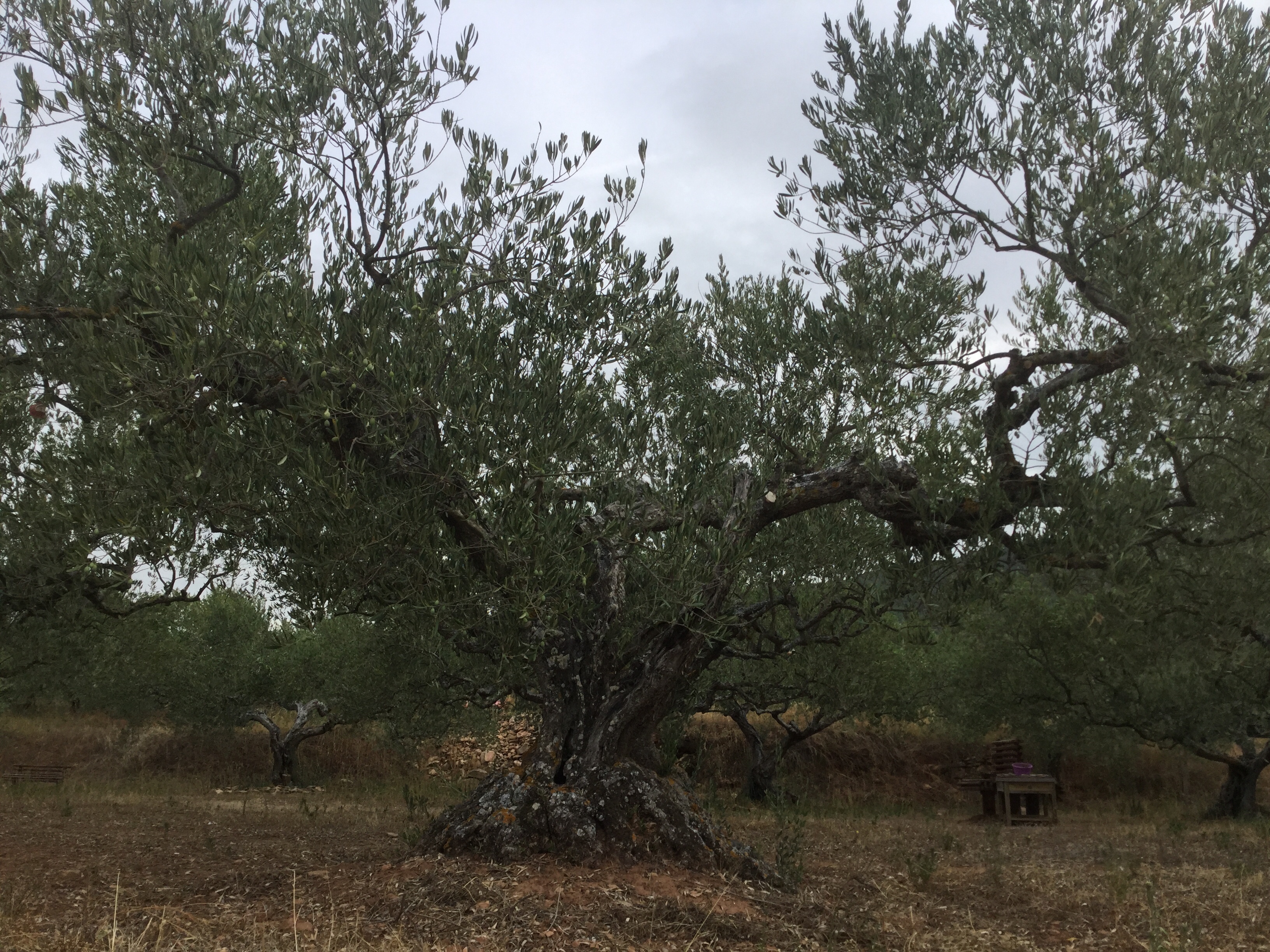
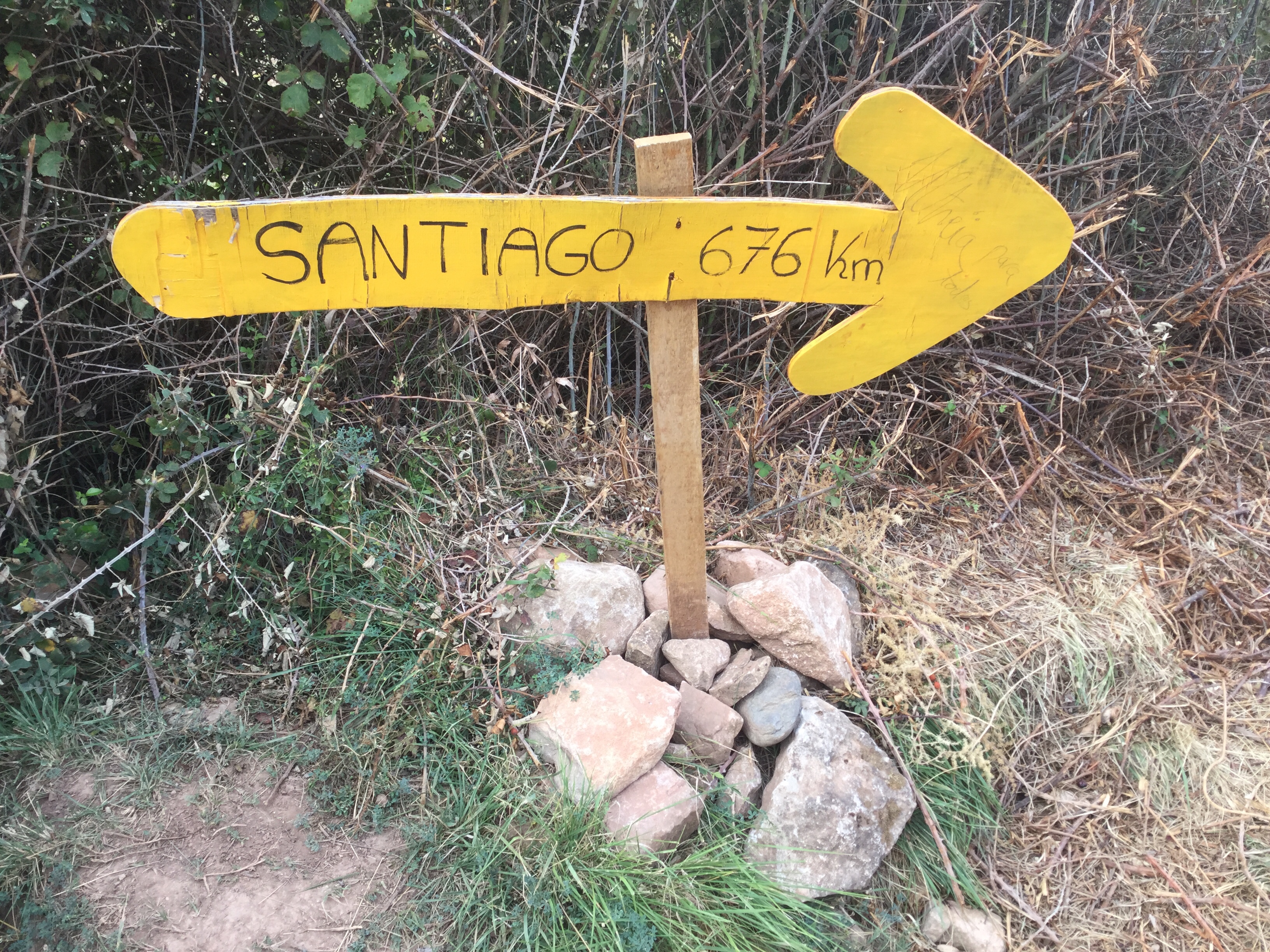
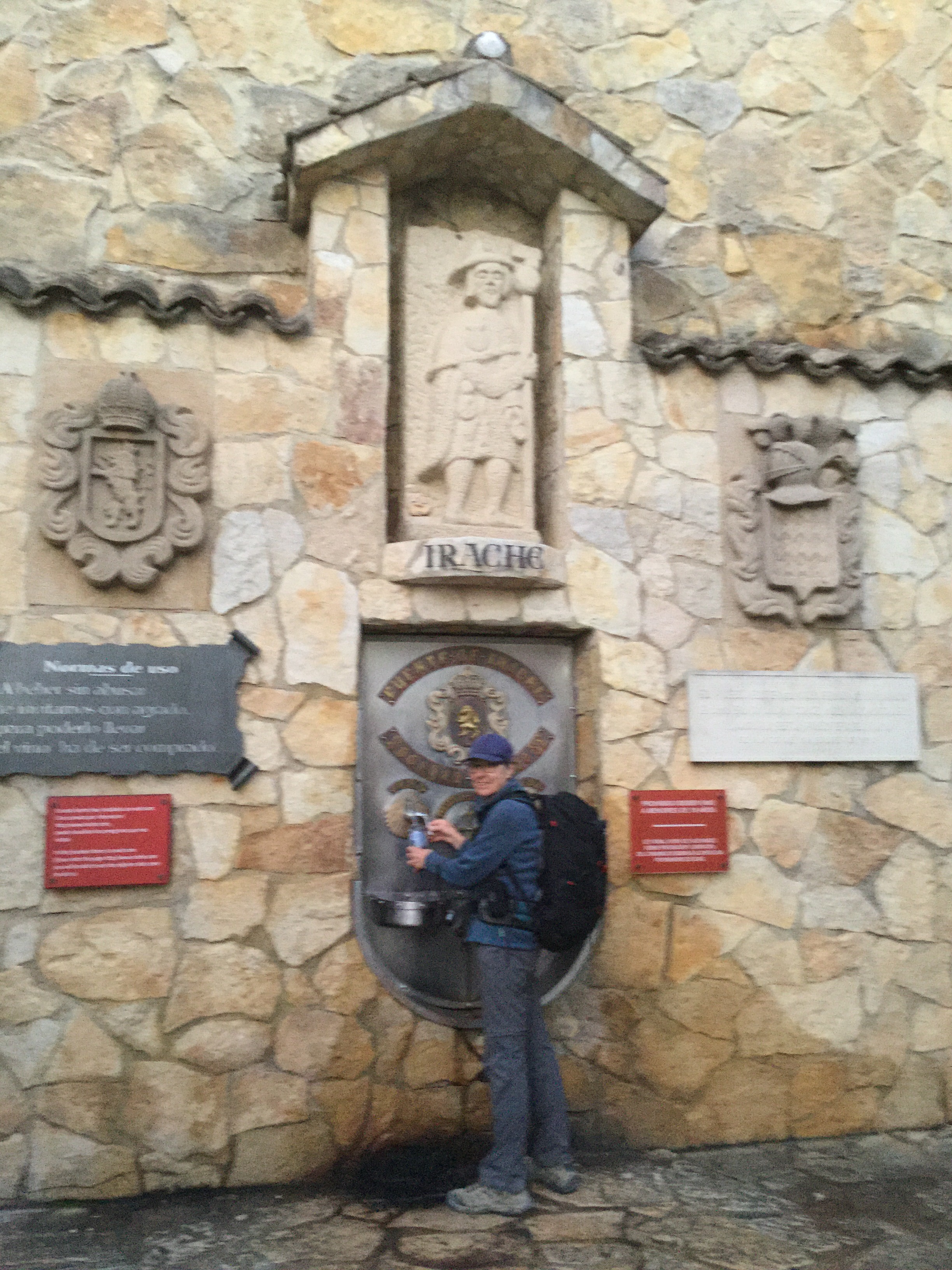
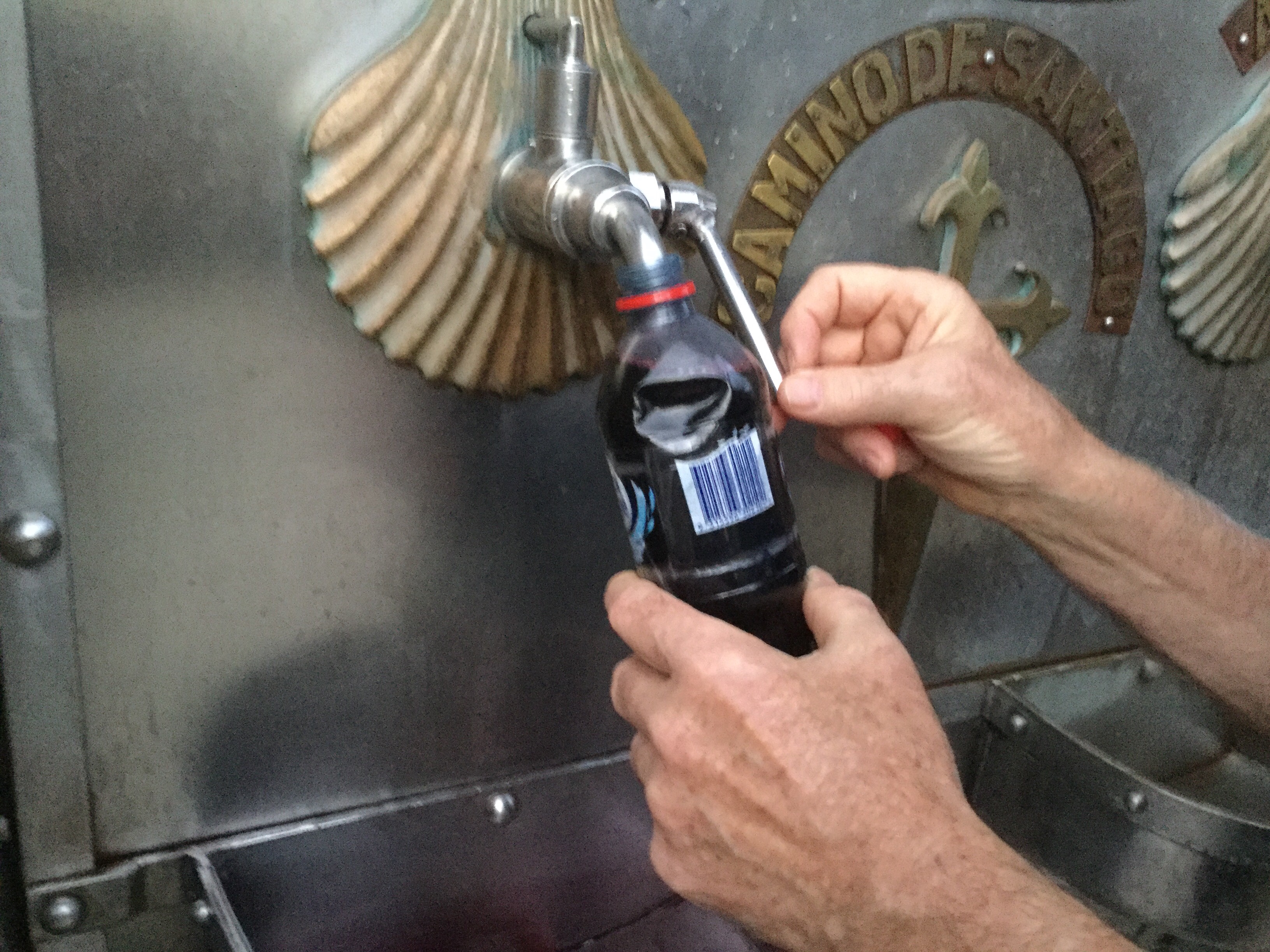
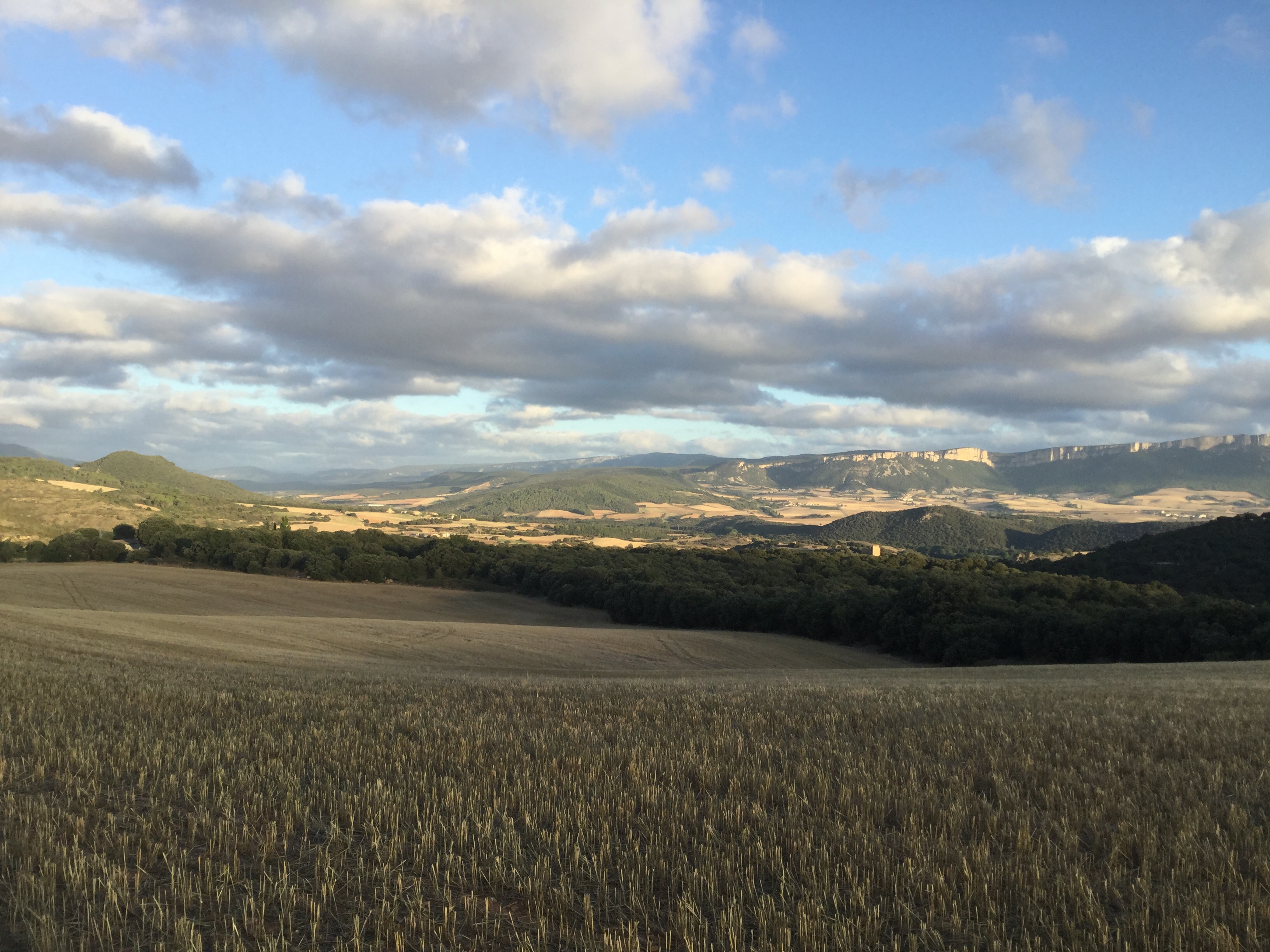
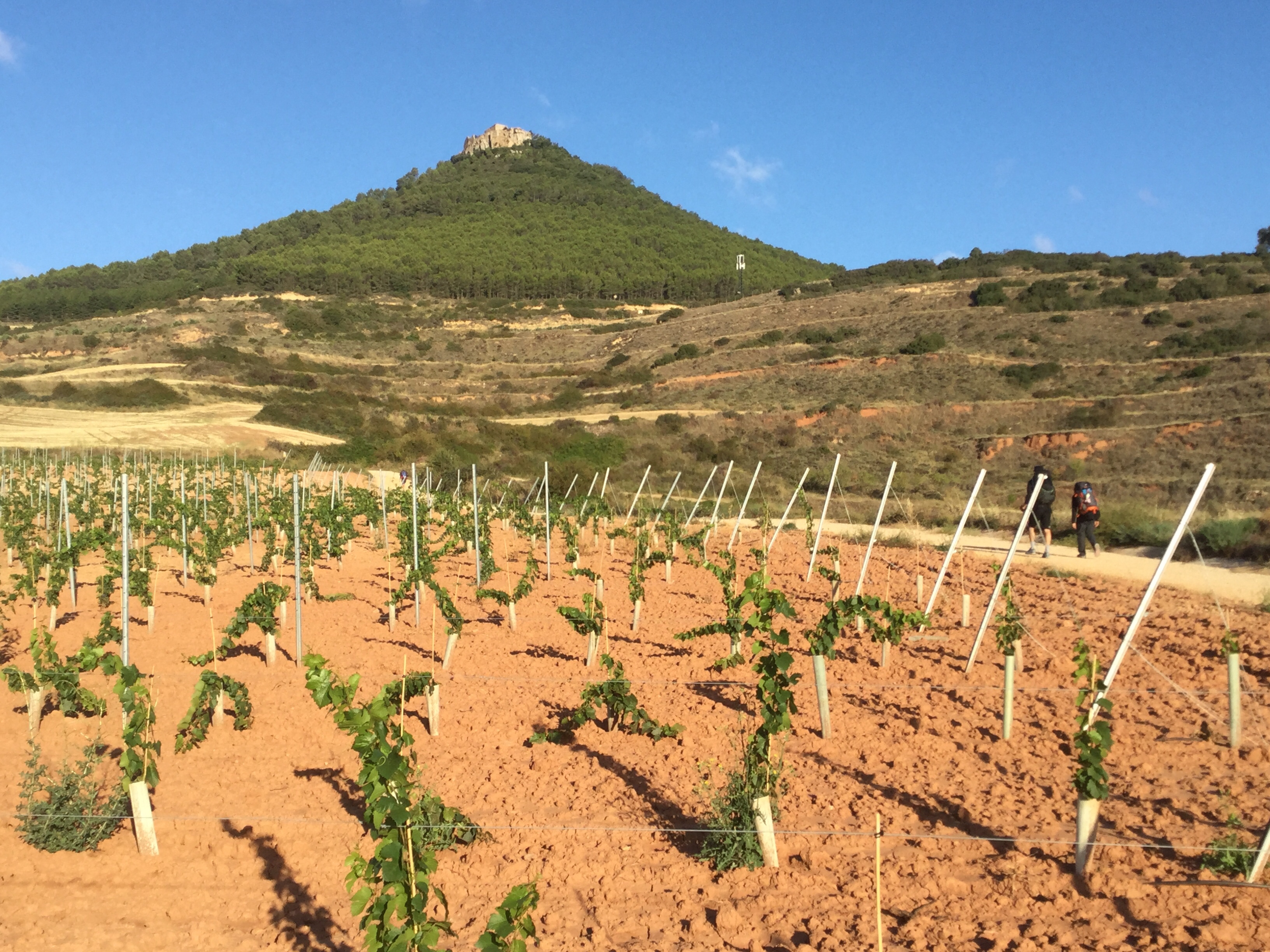
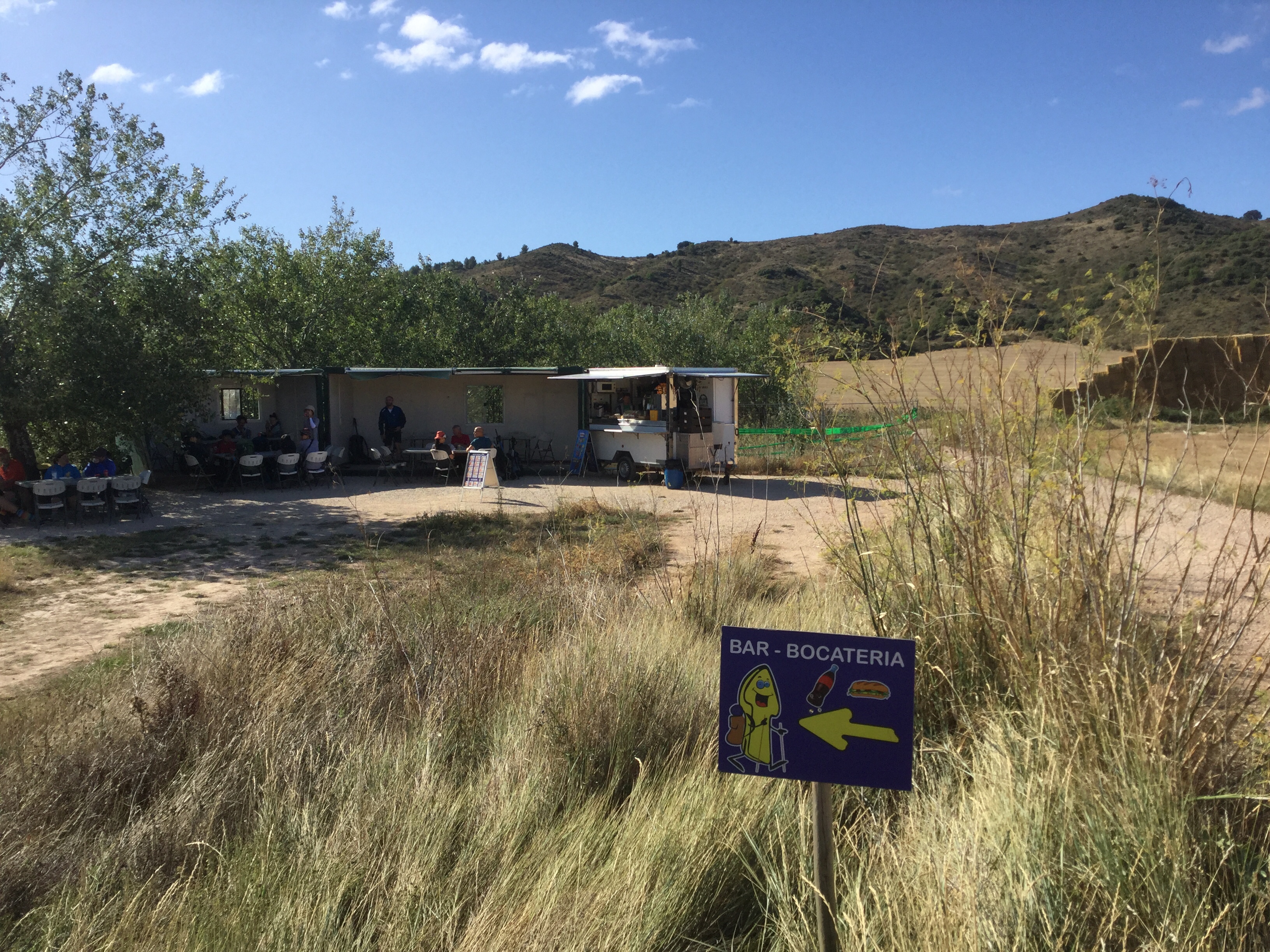
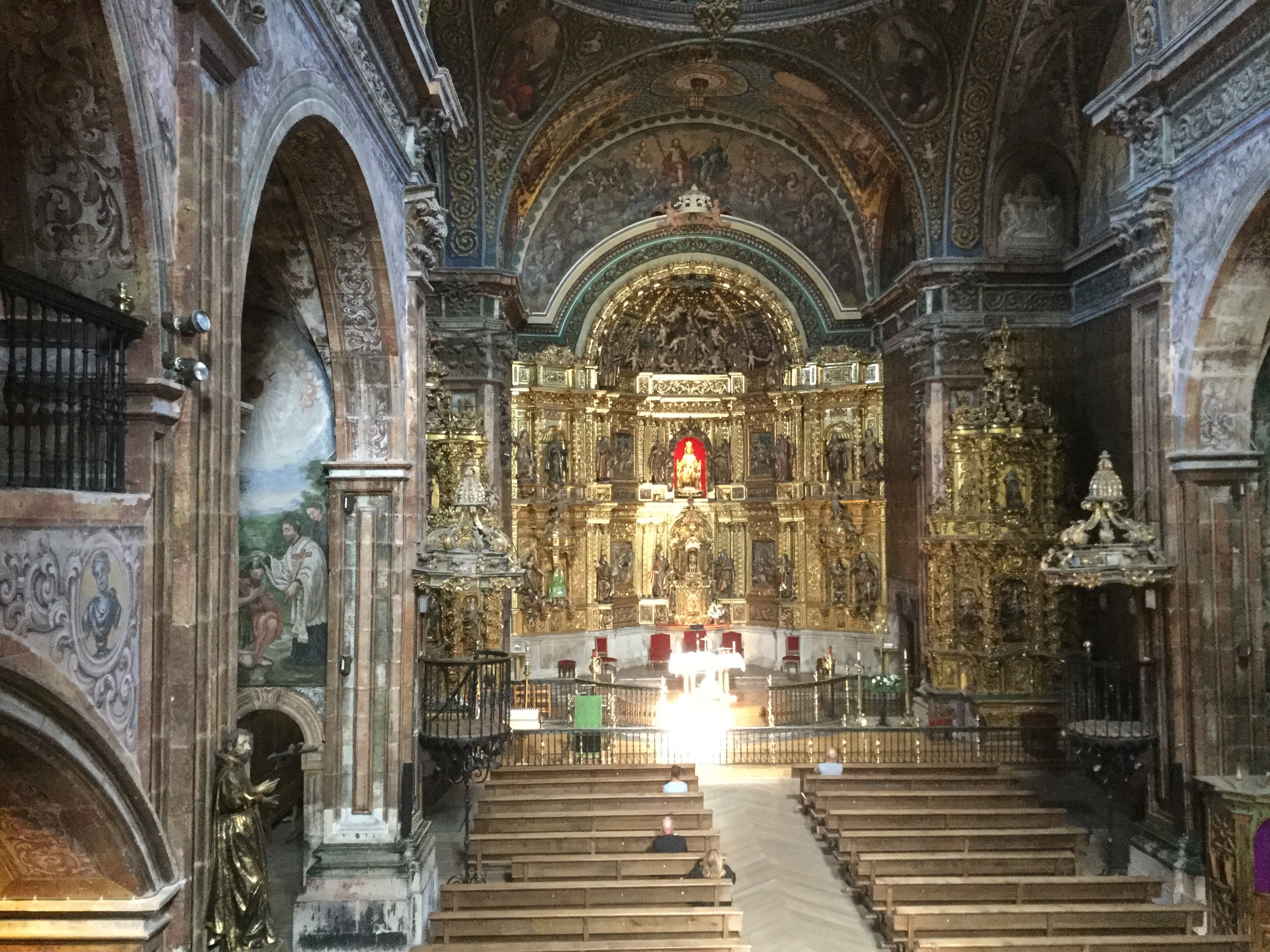
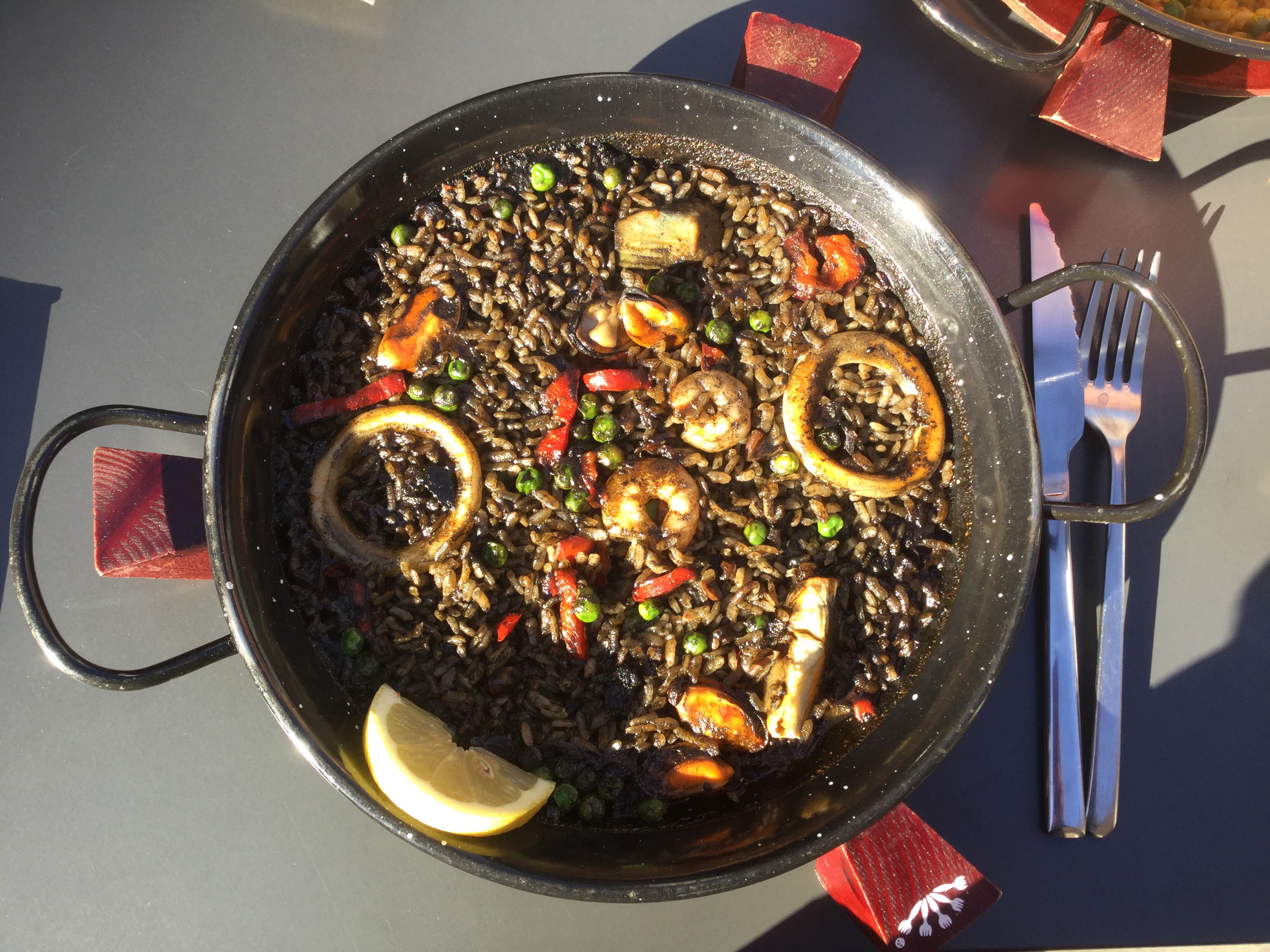
Leave a ReplyCancel reply
document.addEventListener('DOMContentLoaded', function () { var commentForms = document.getElementsByClassName('jetpack_remote_comment'); for (var i = 0; i < commentForms.length; i++) { commentForms[i].allowTransparency = false; commentForms[i].scrolling = 'no'; } }); <!--